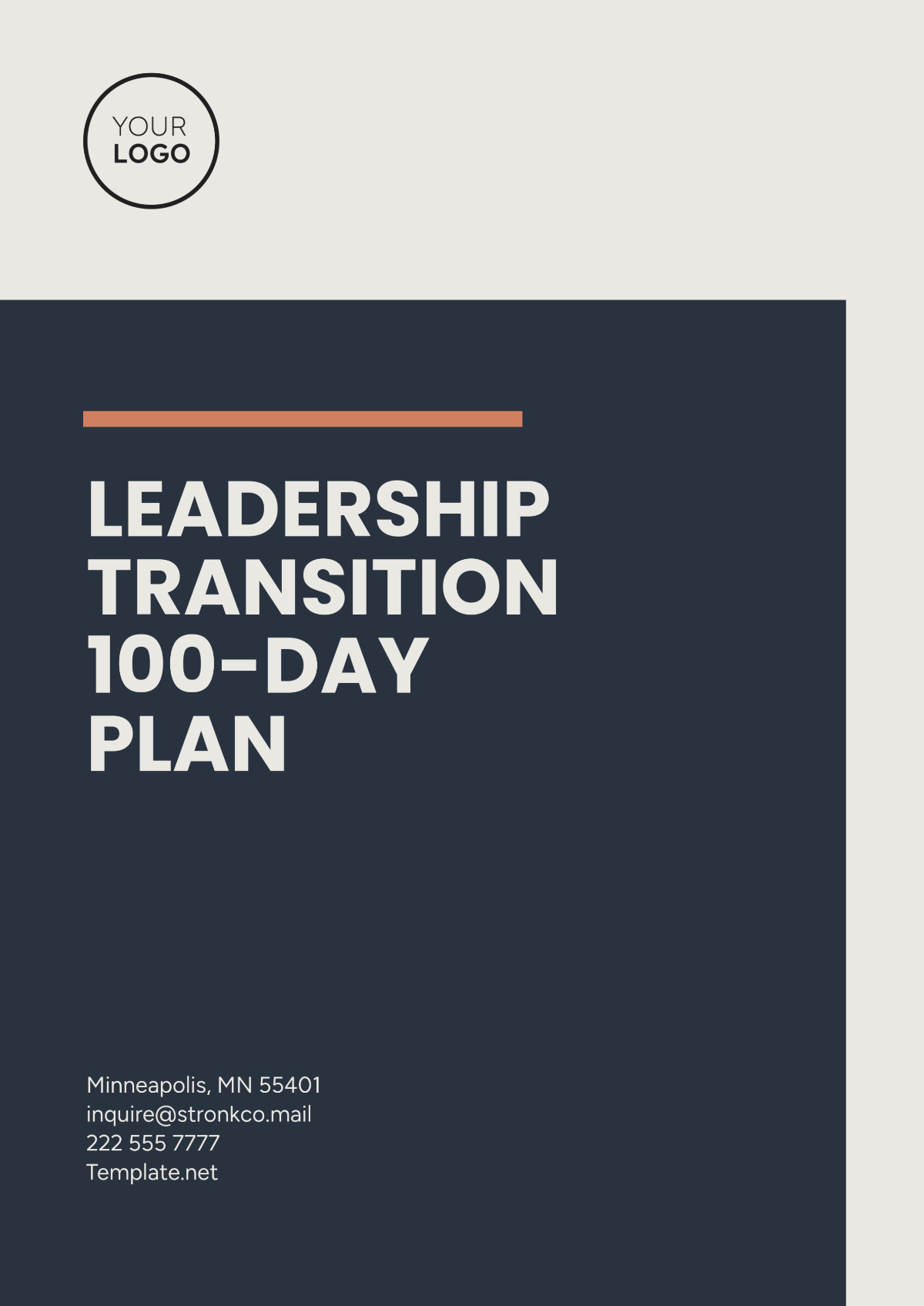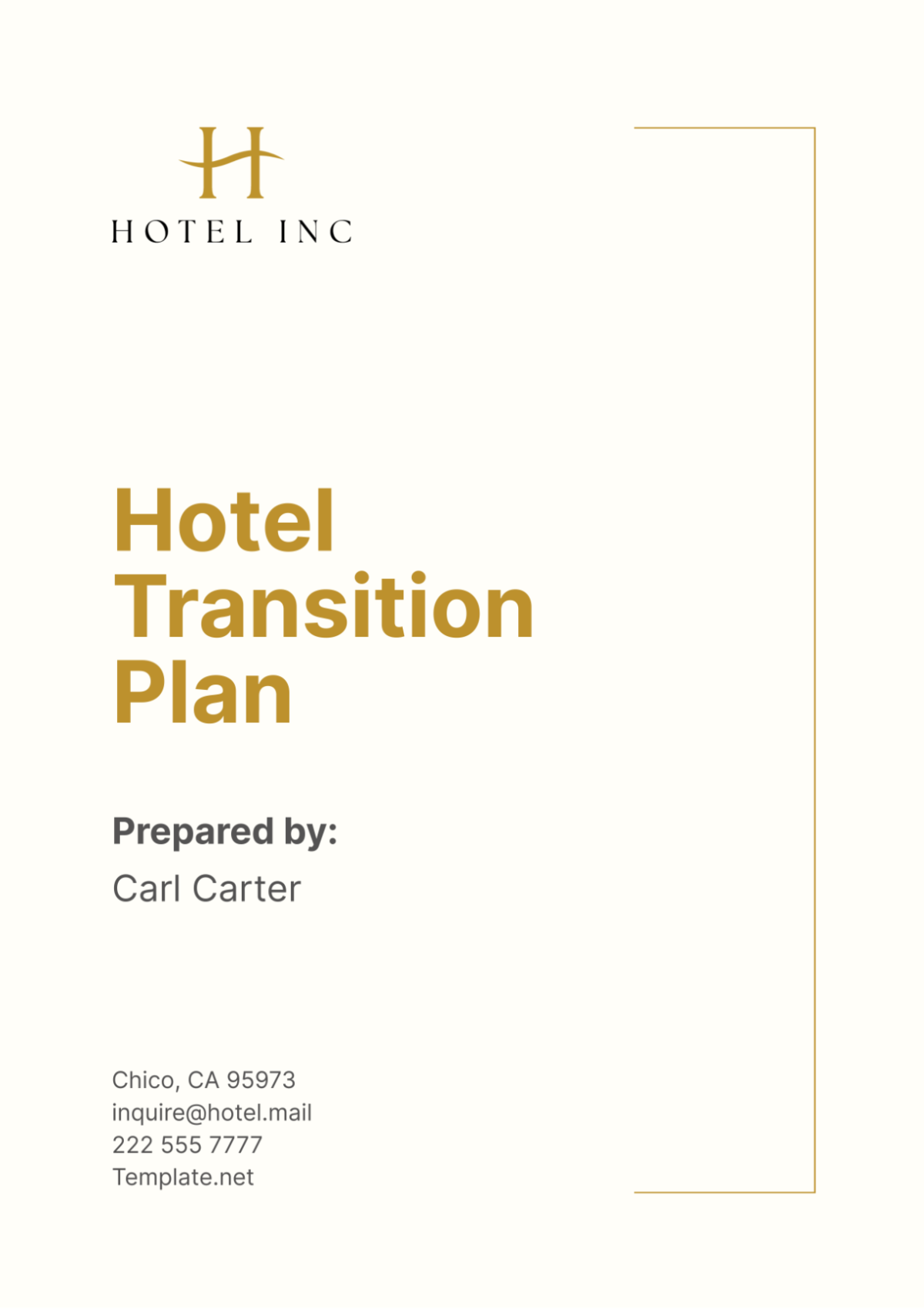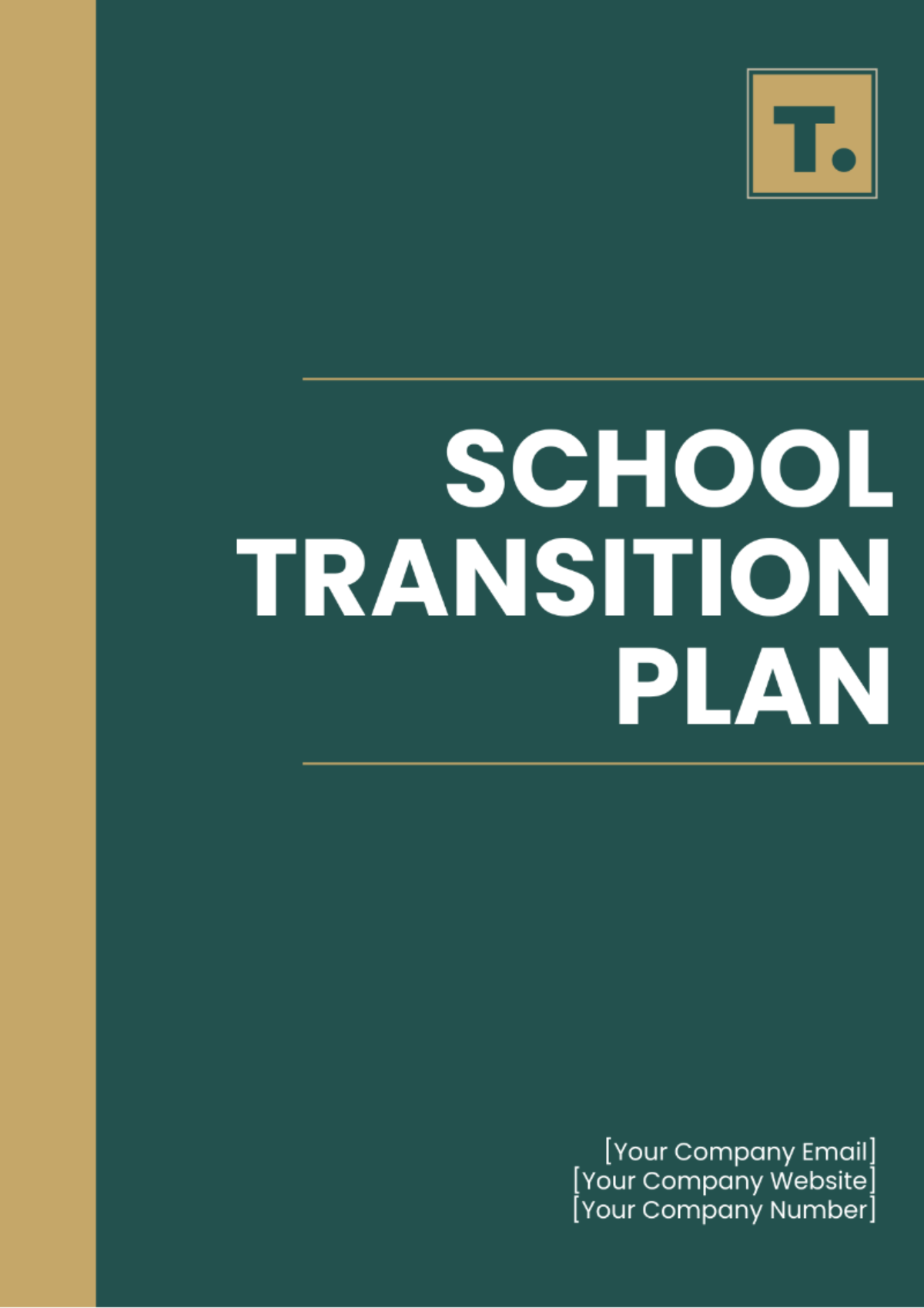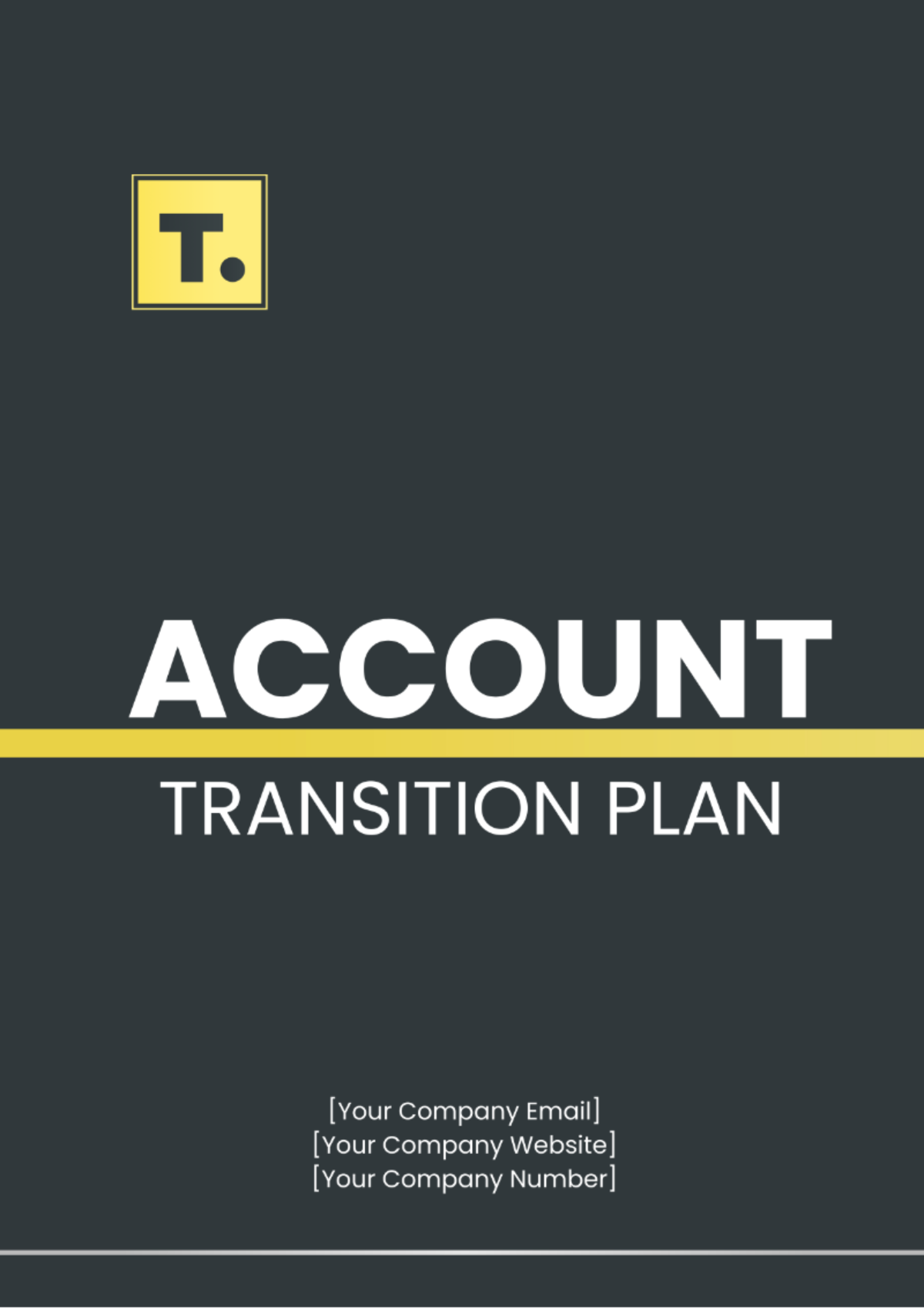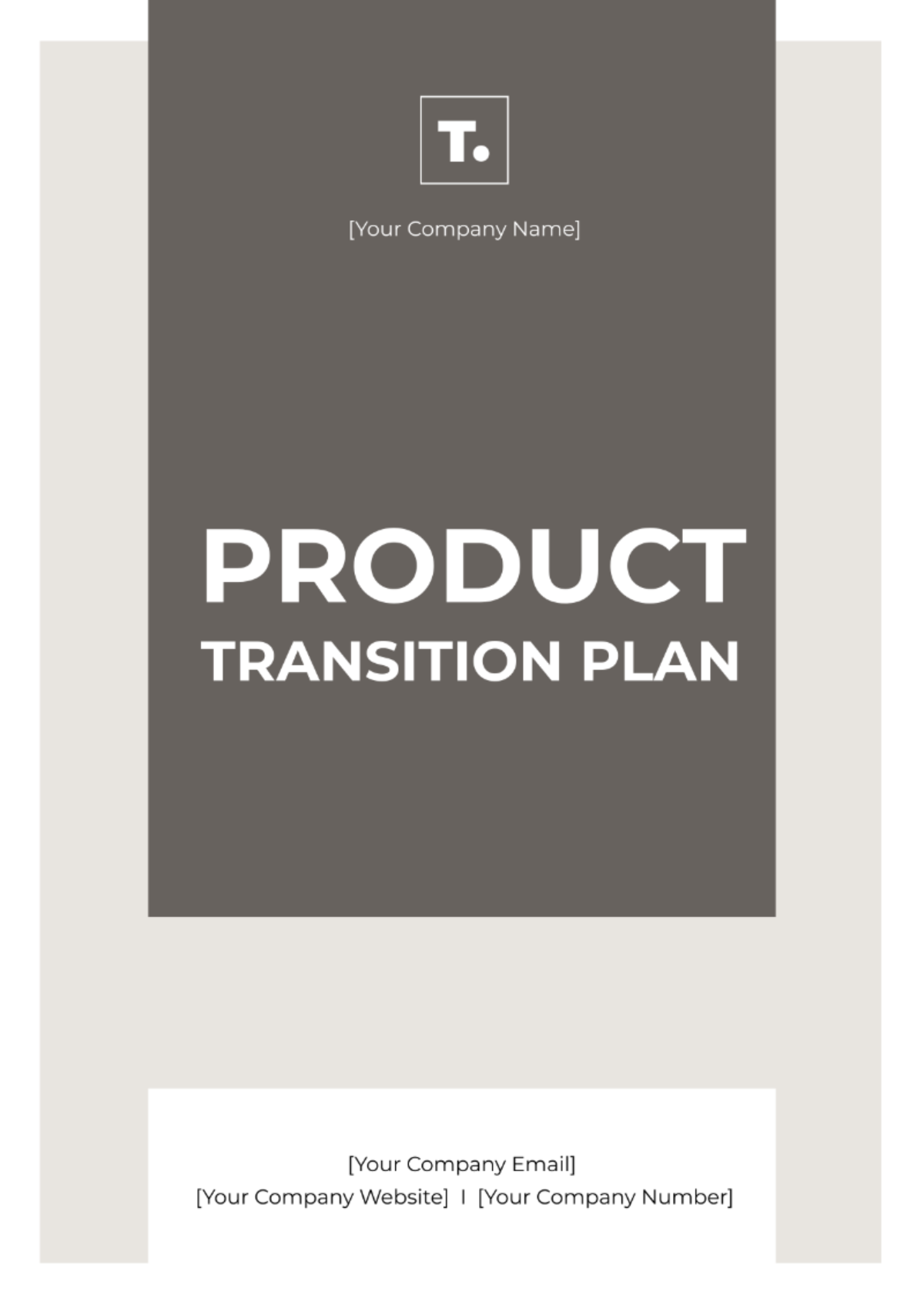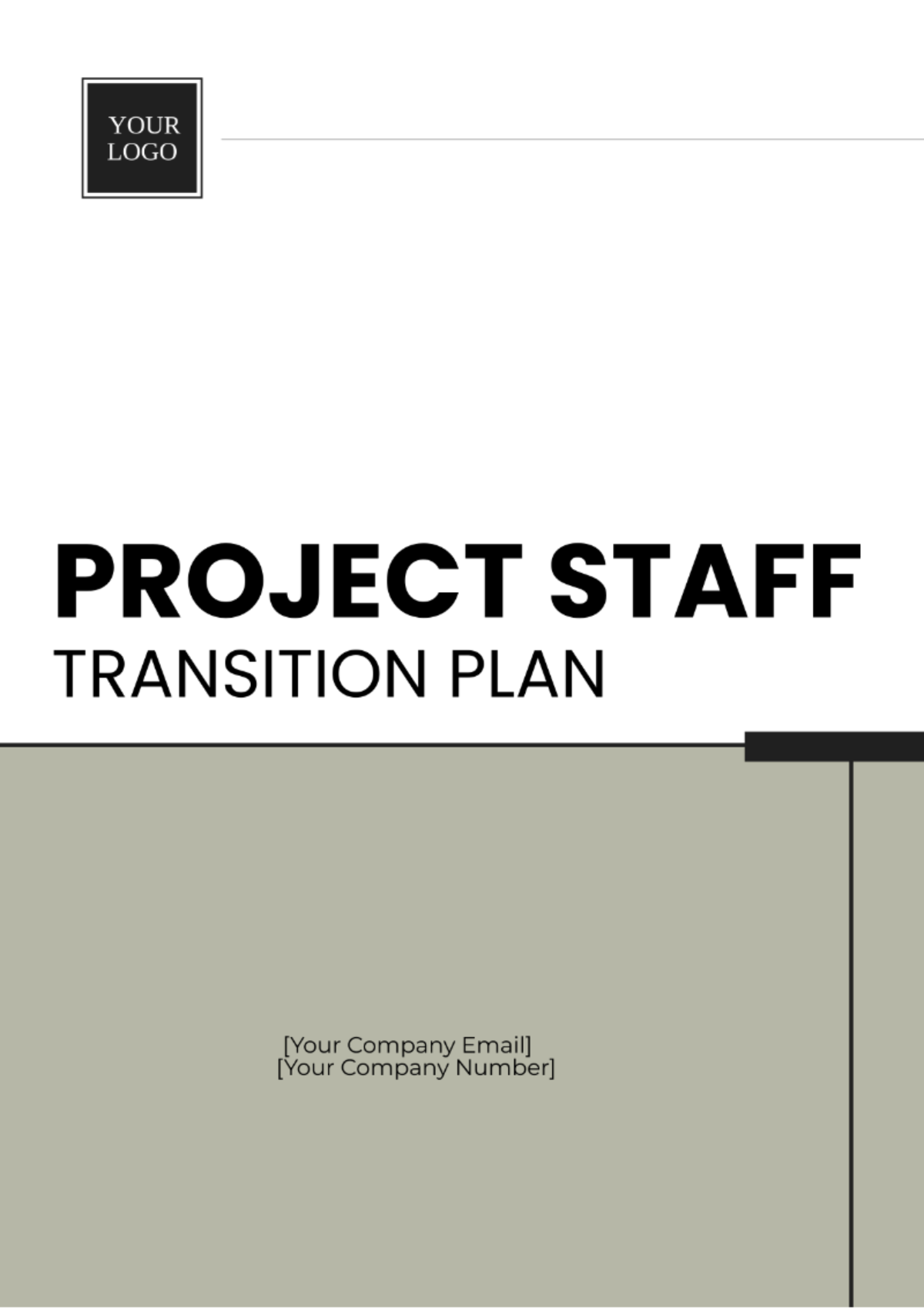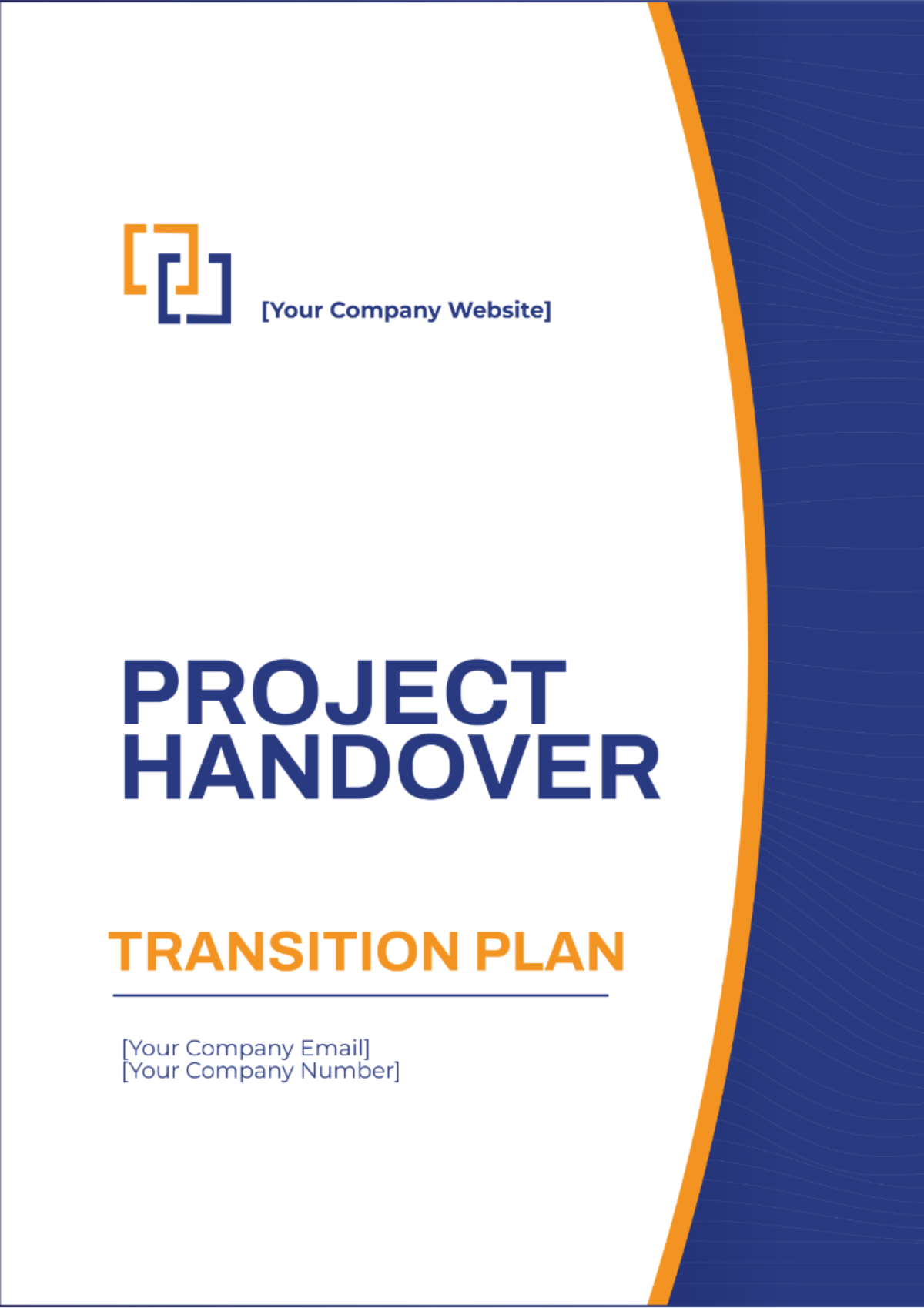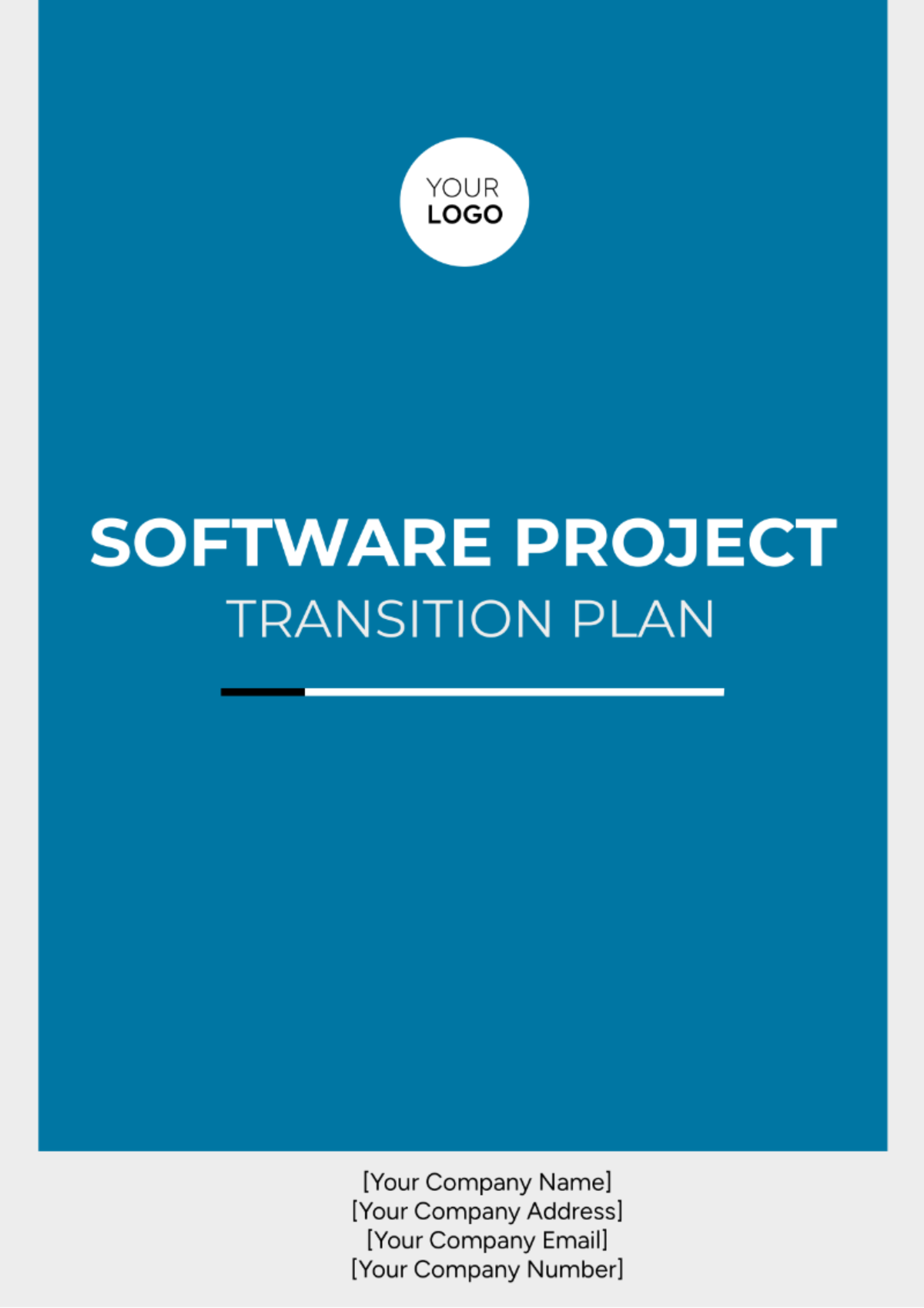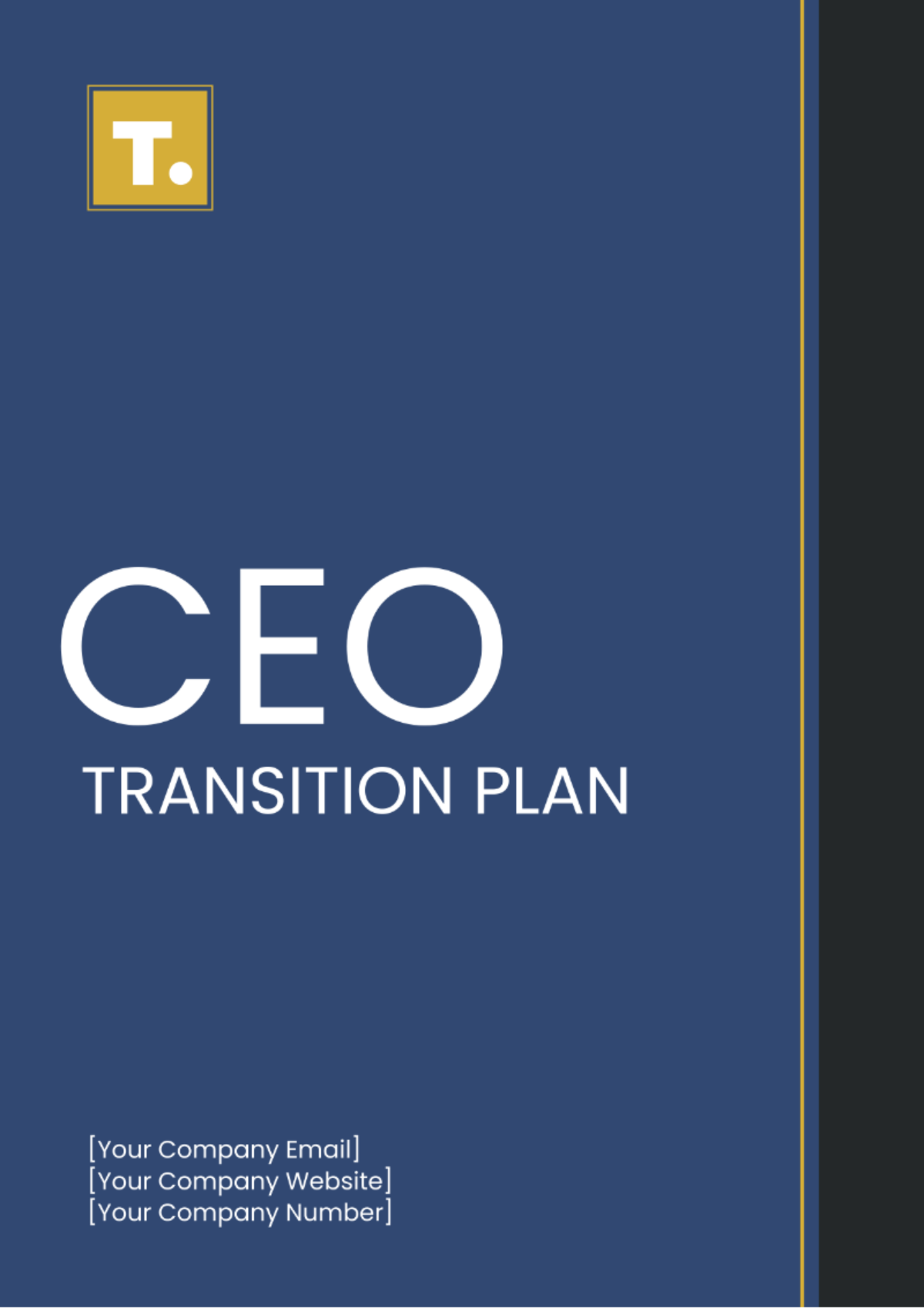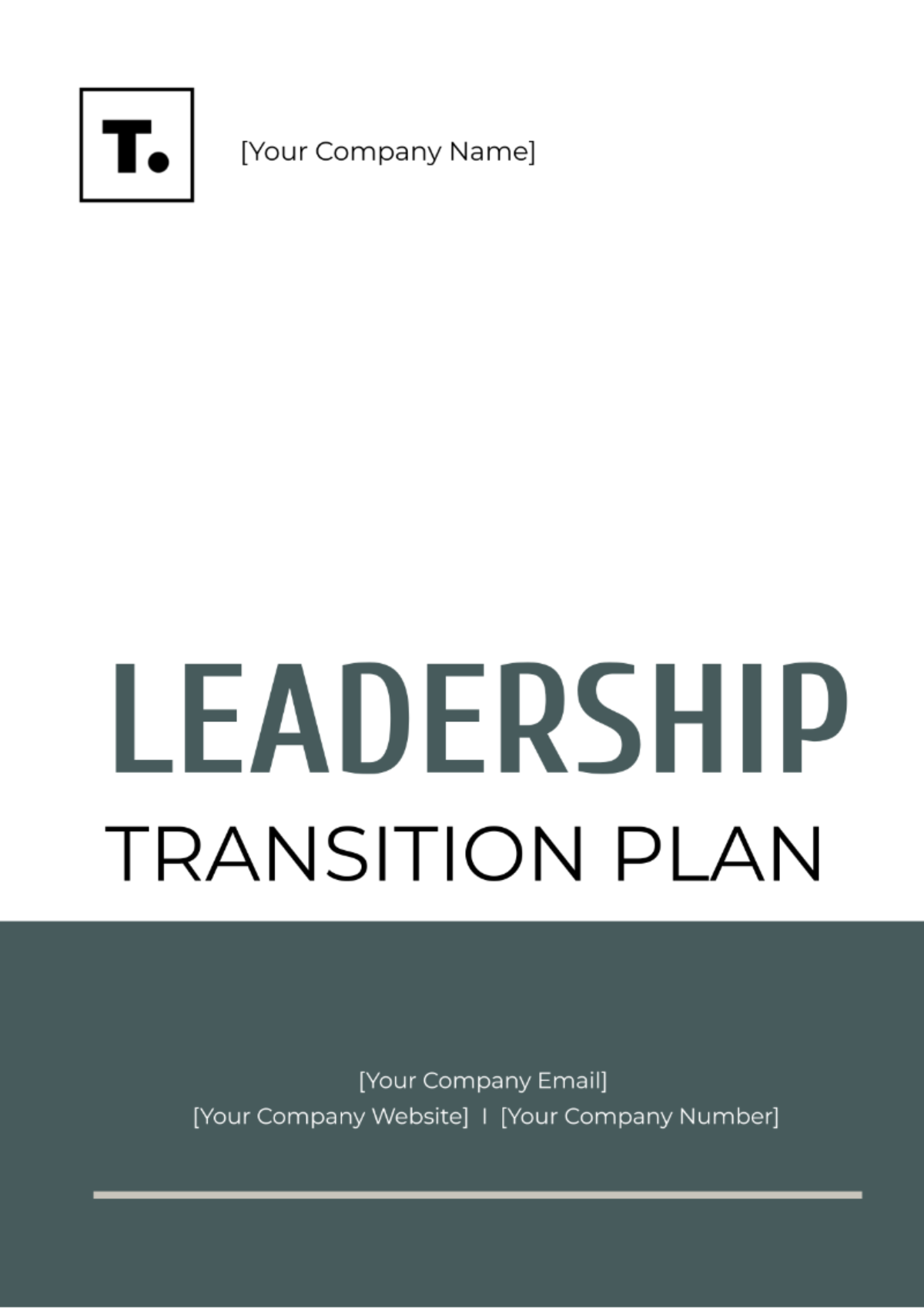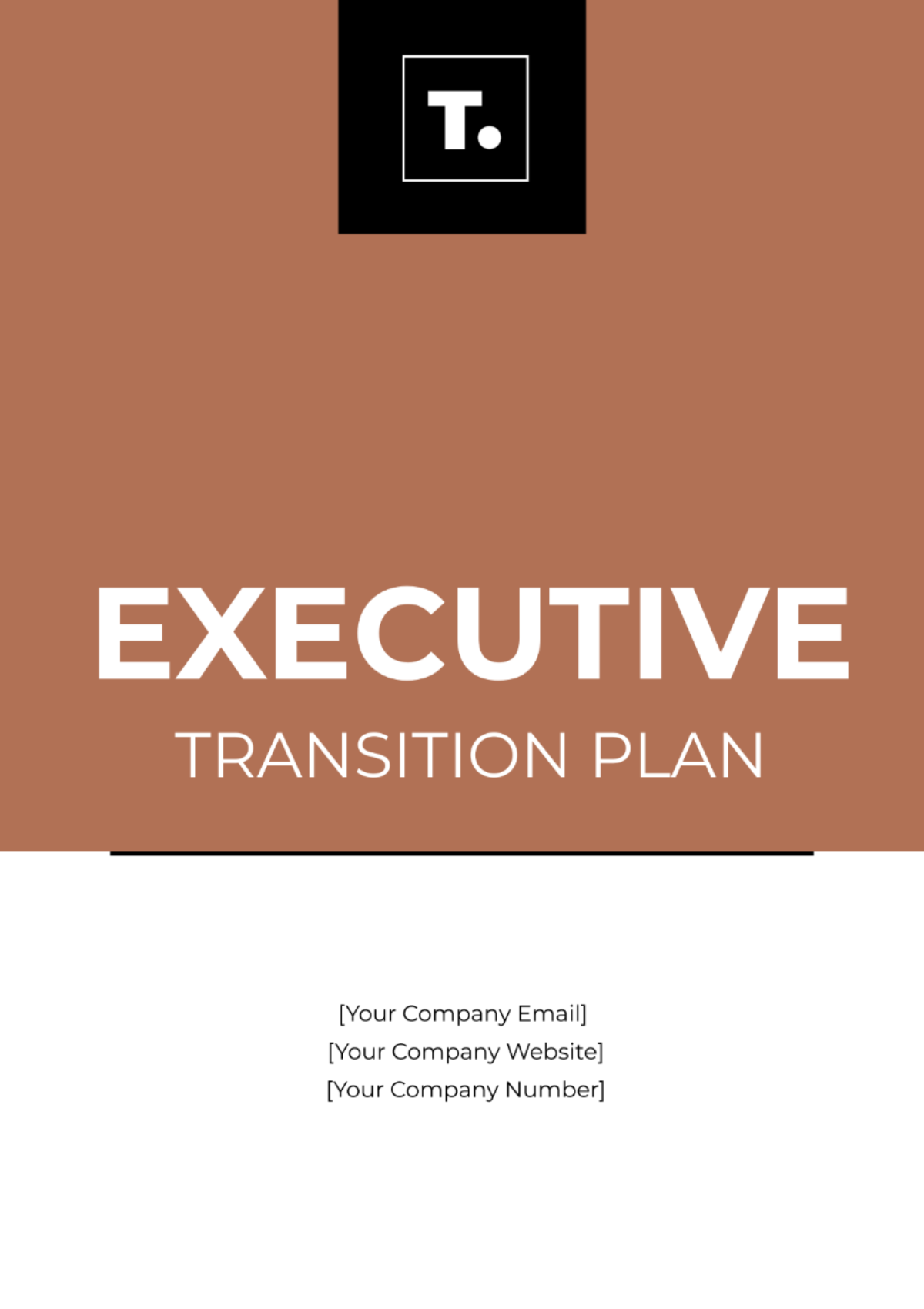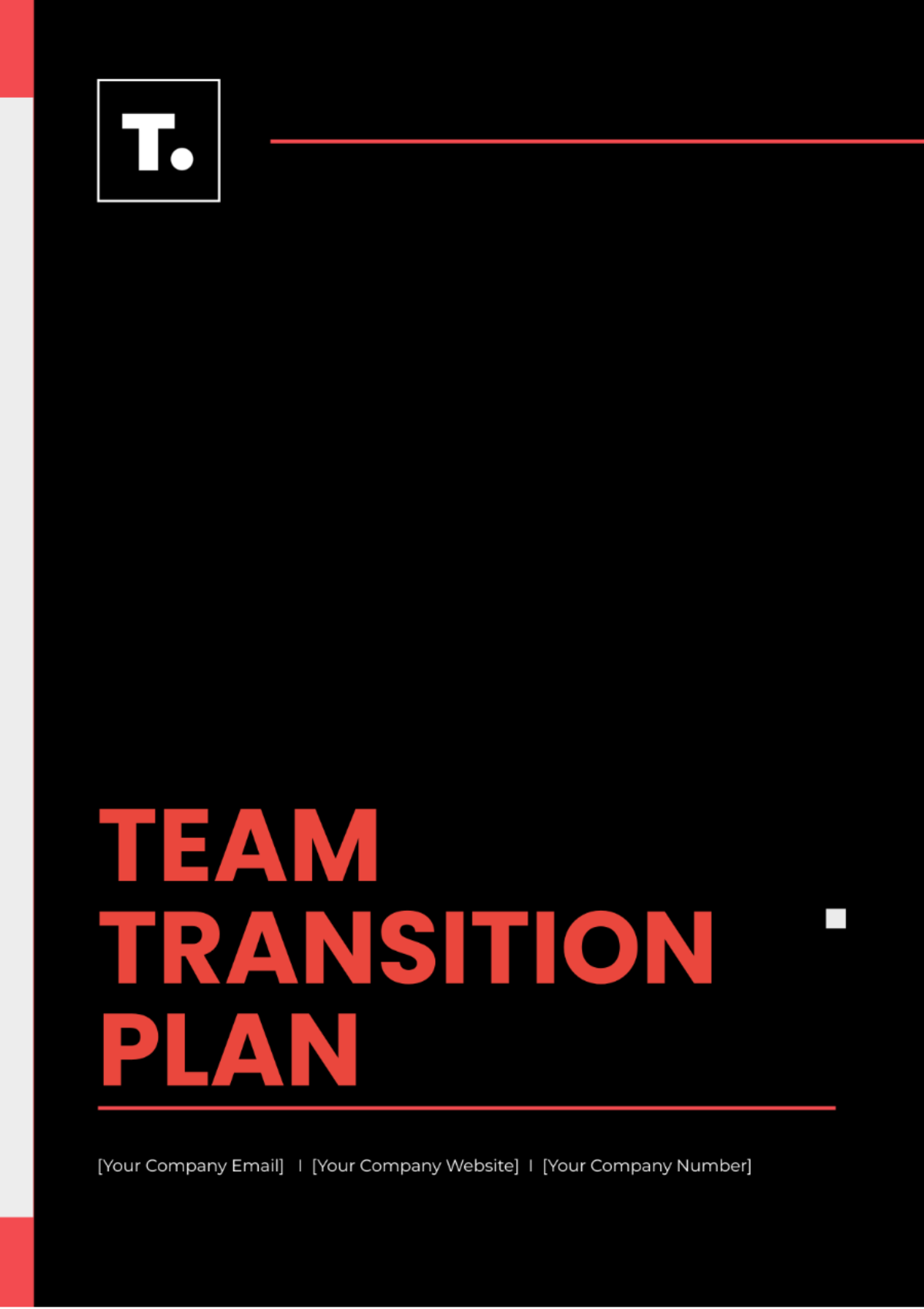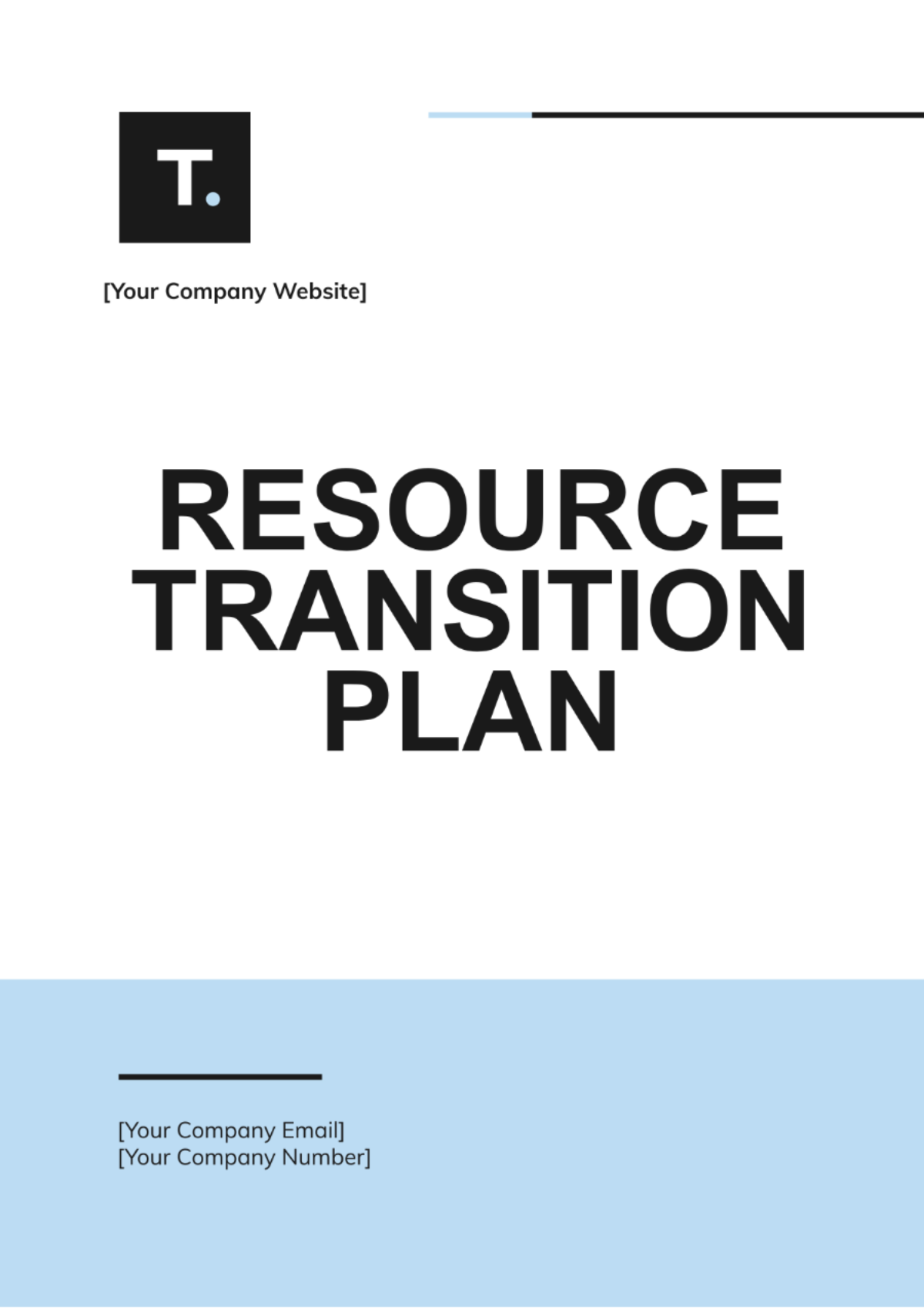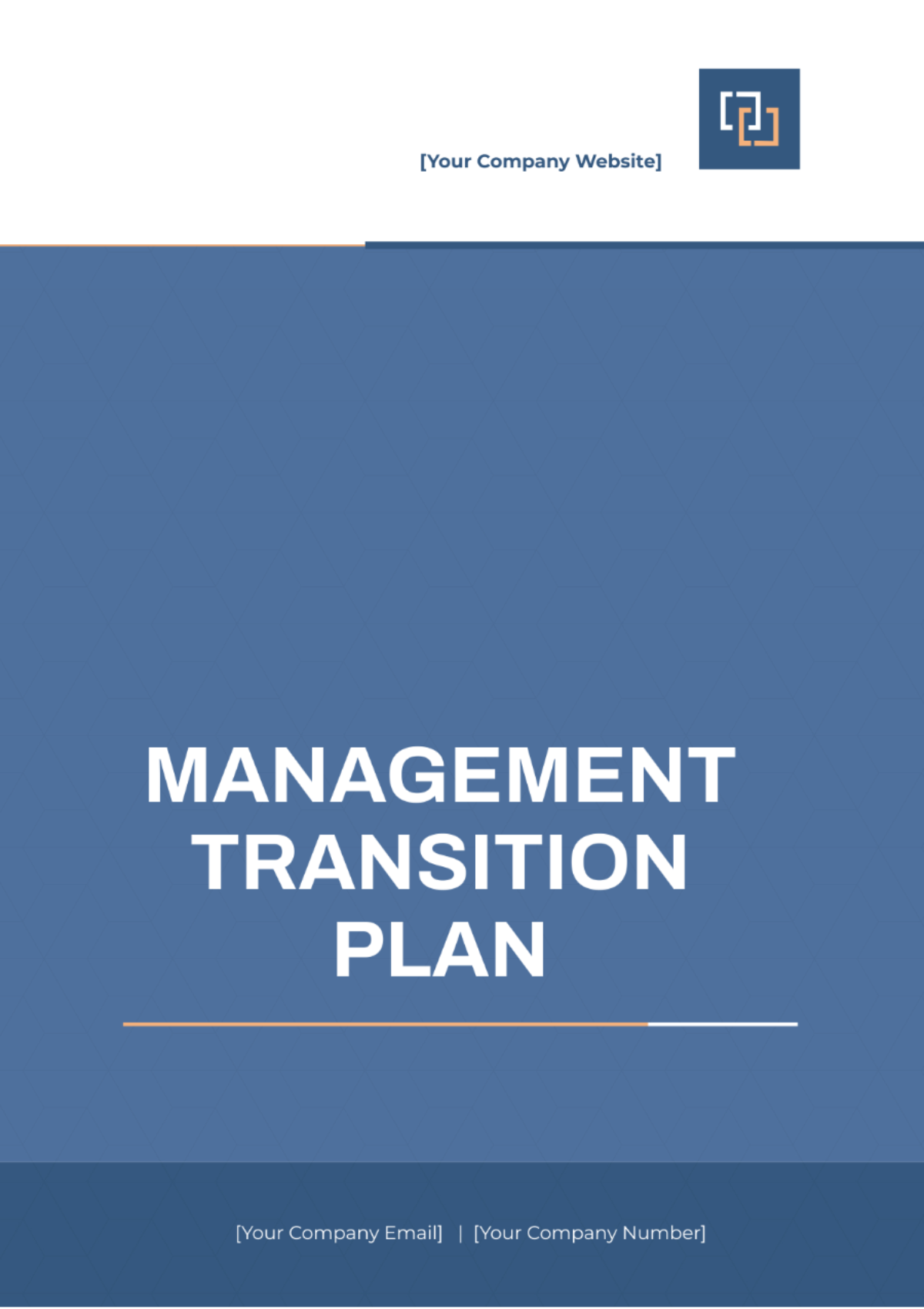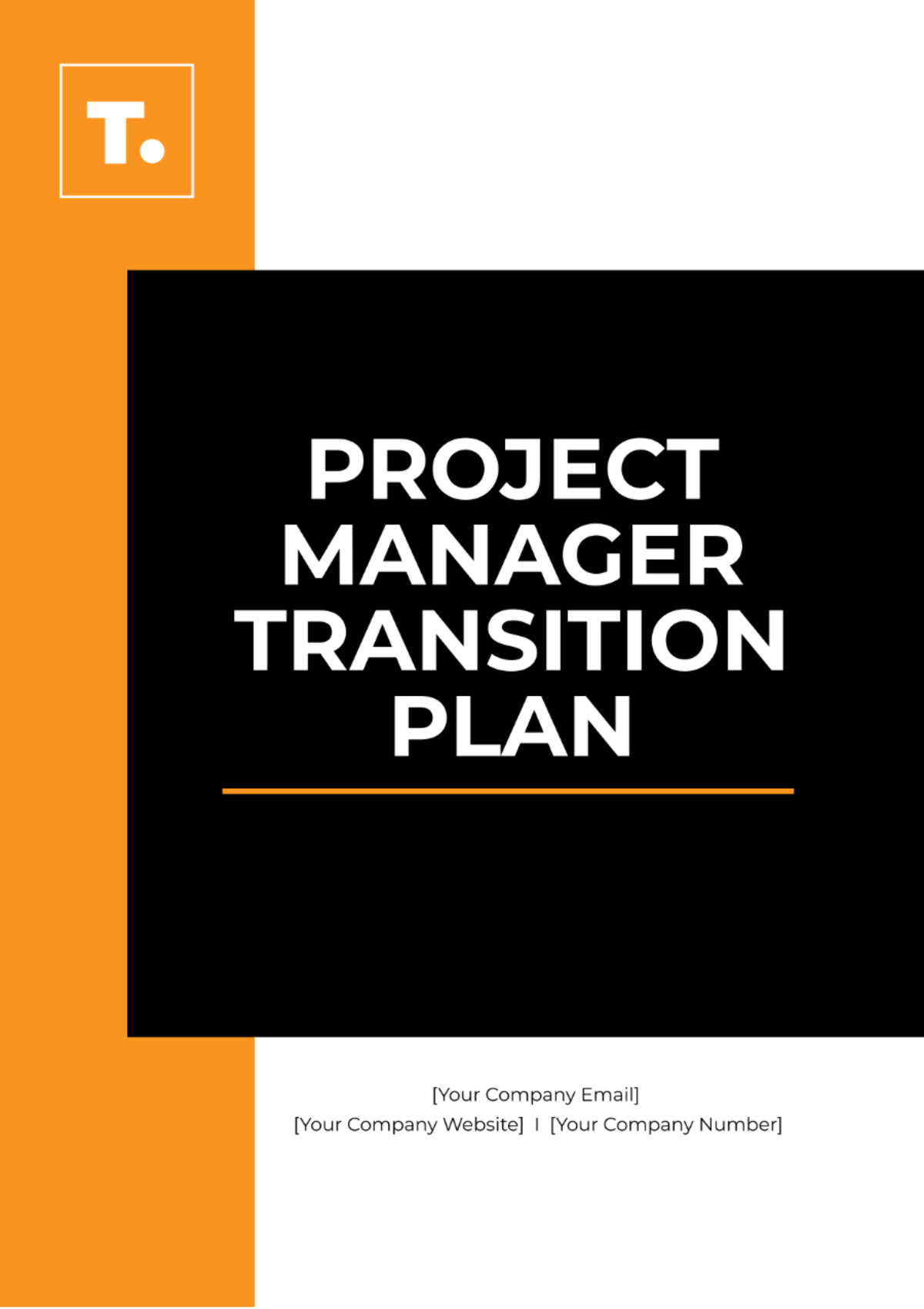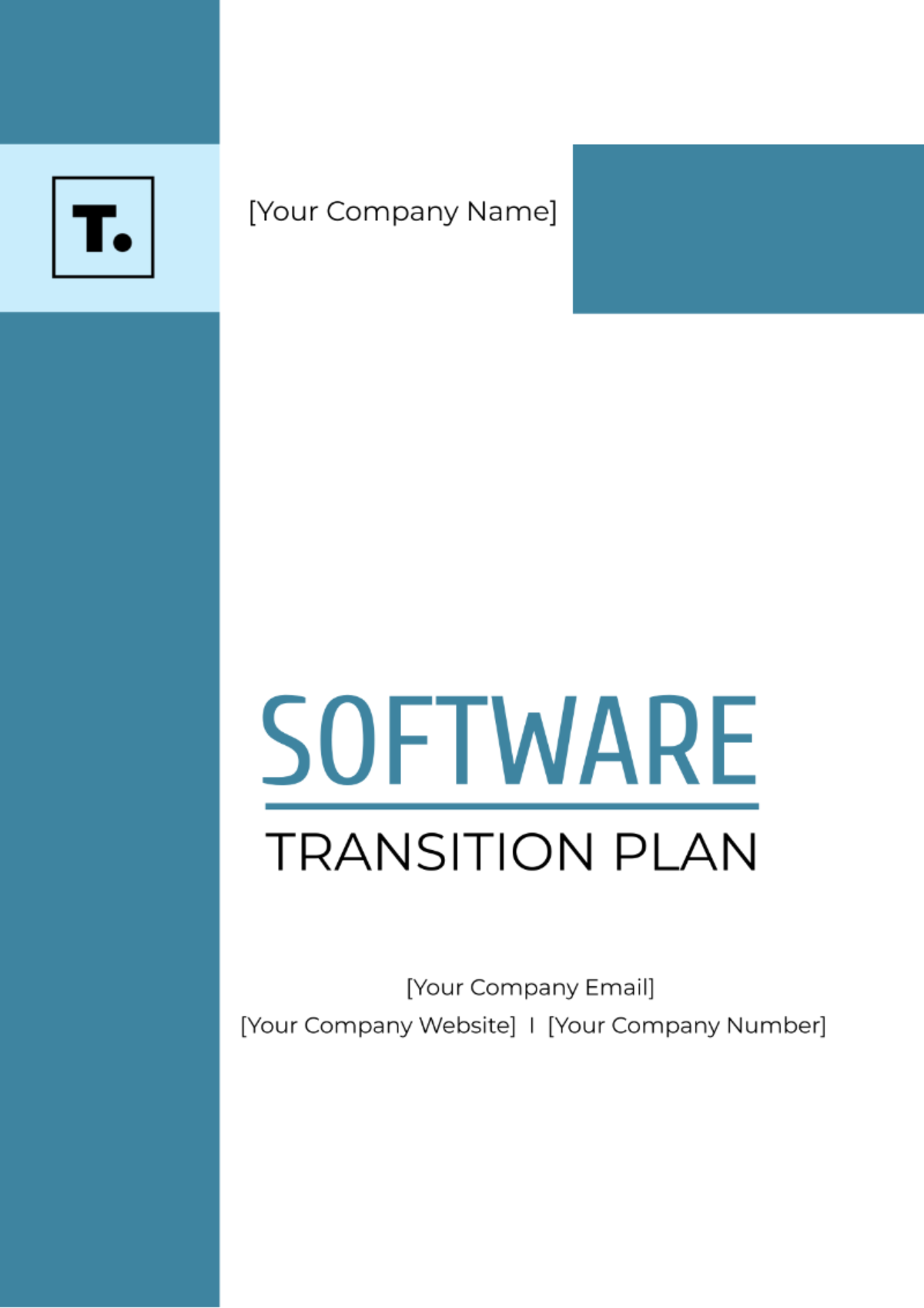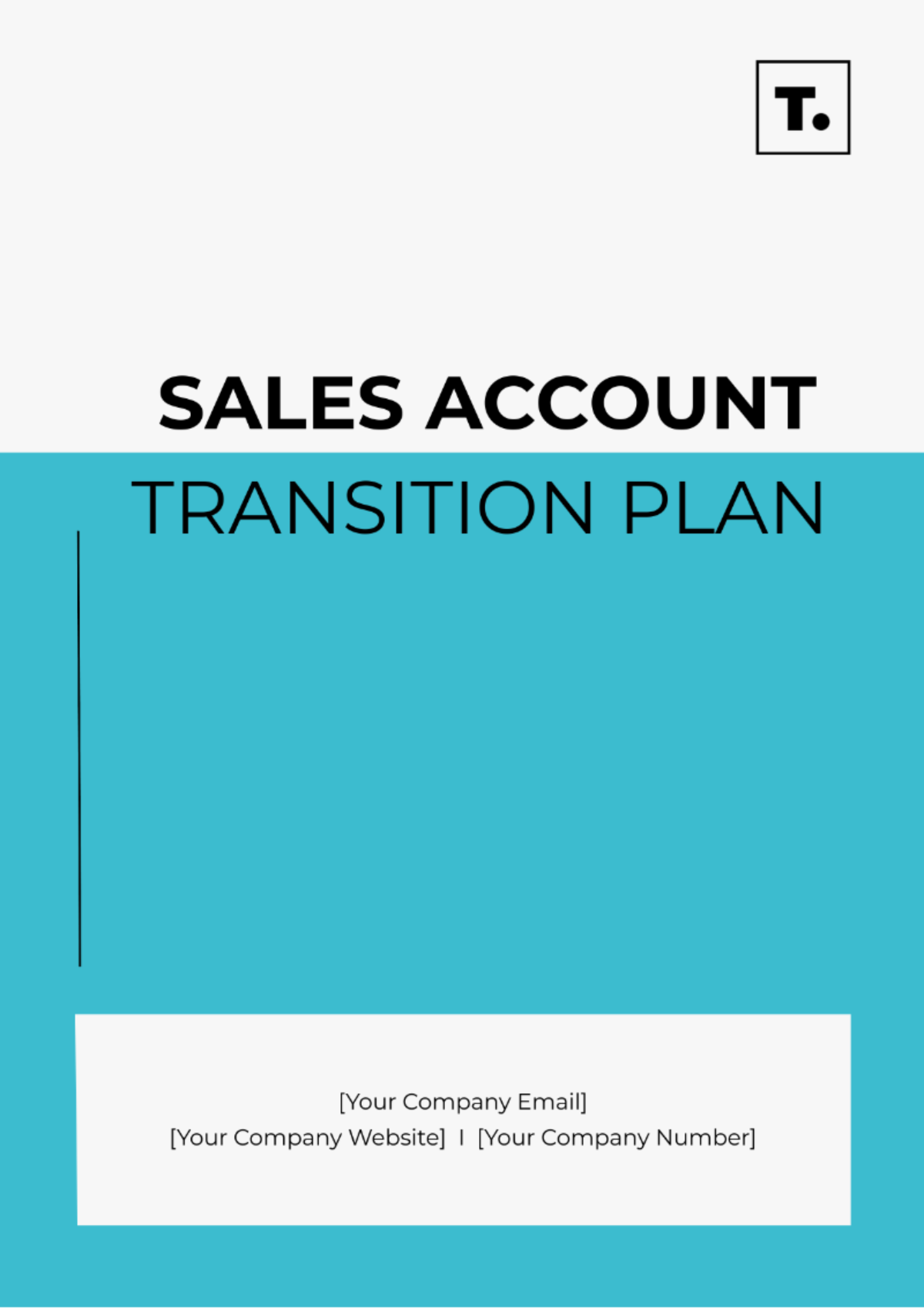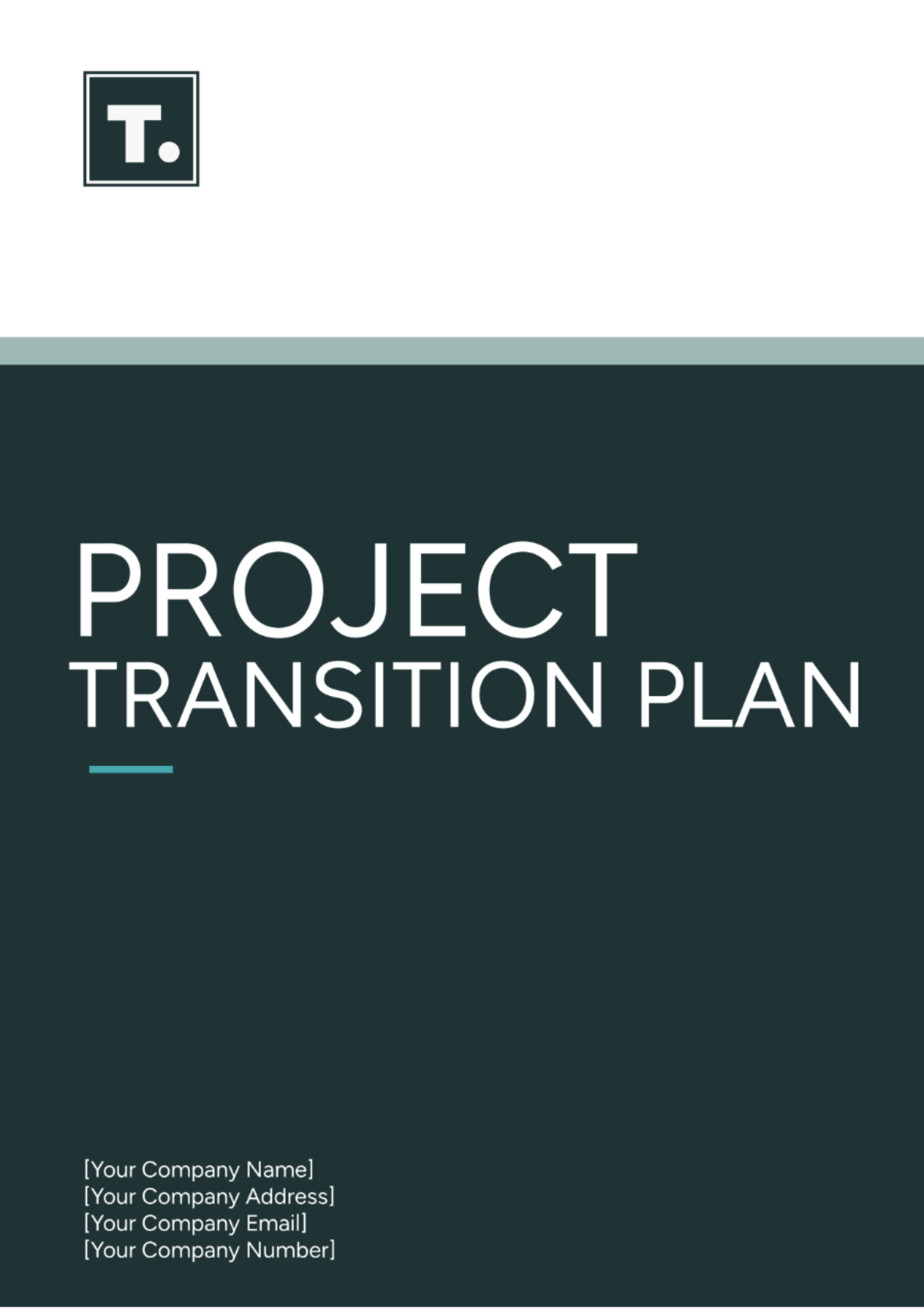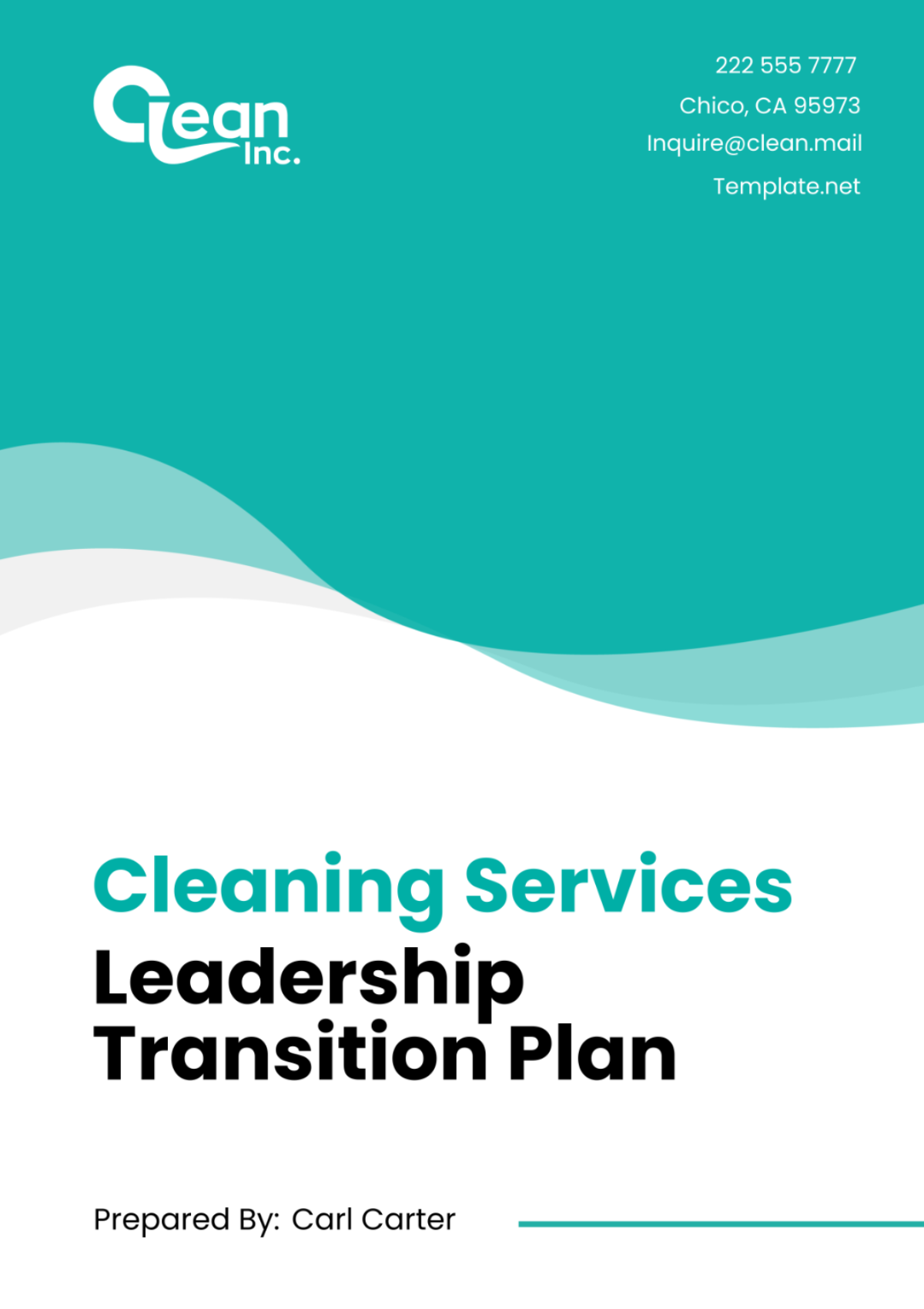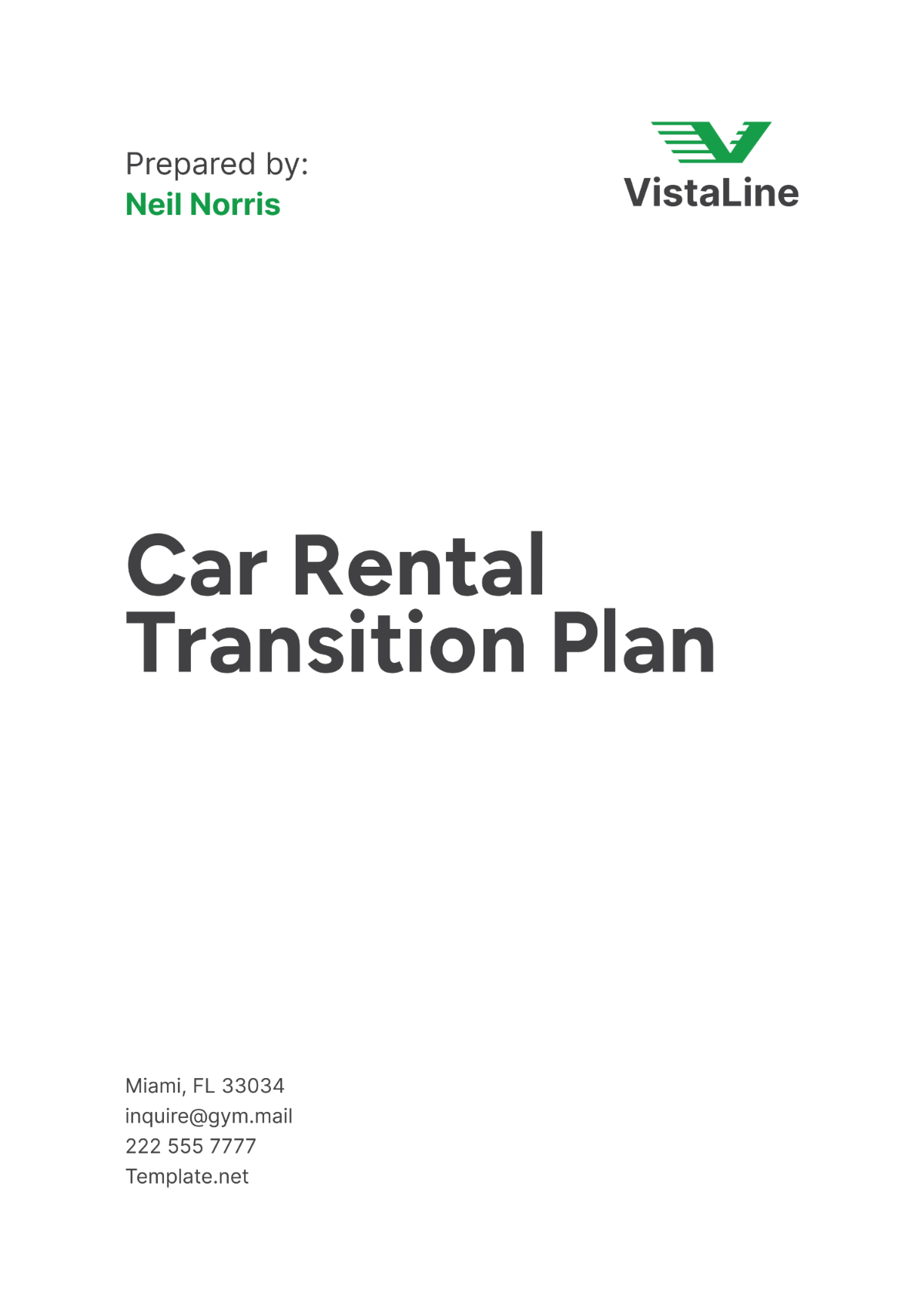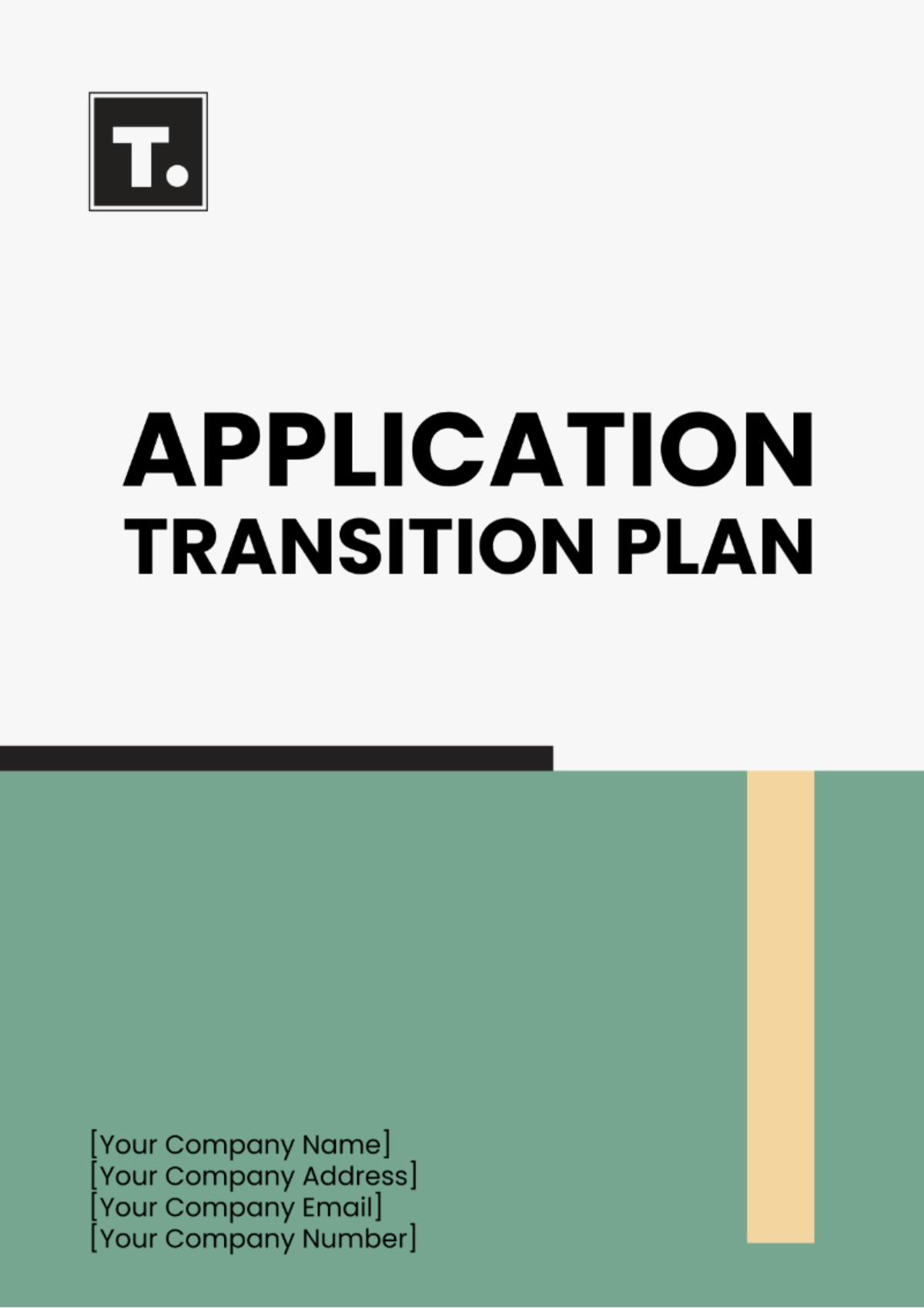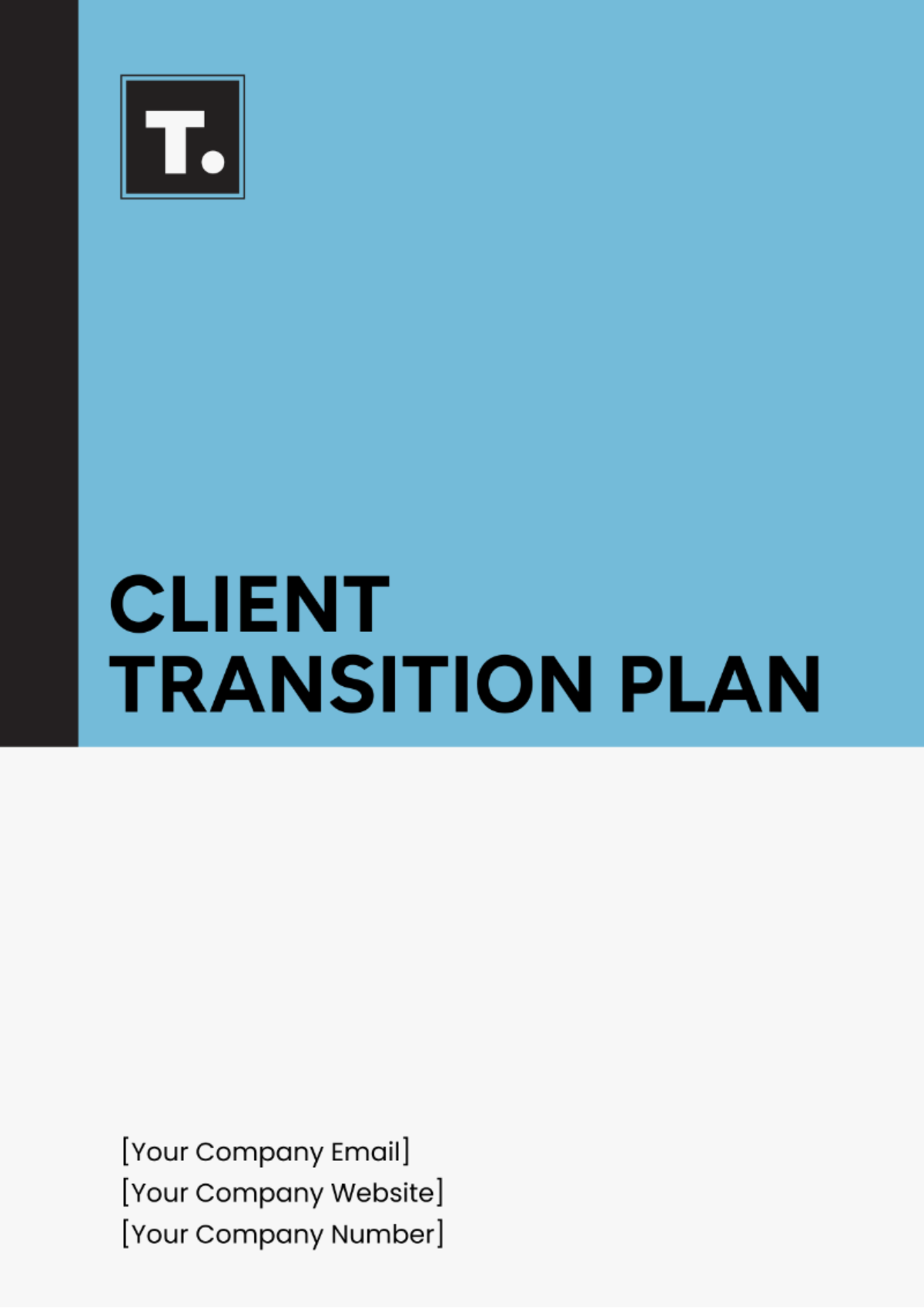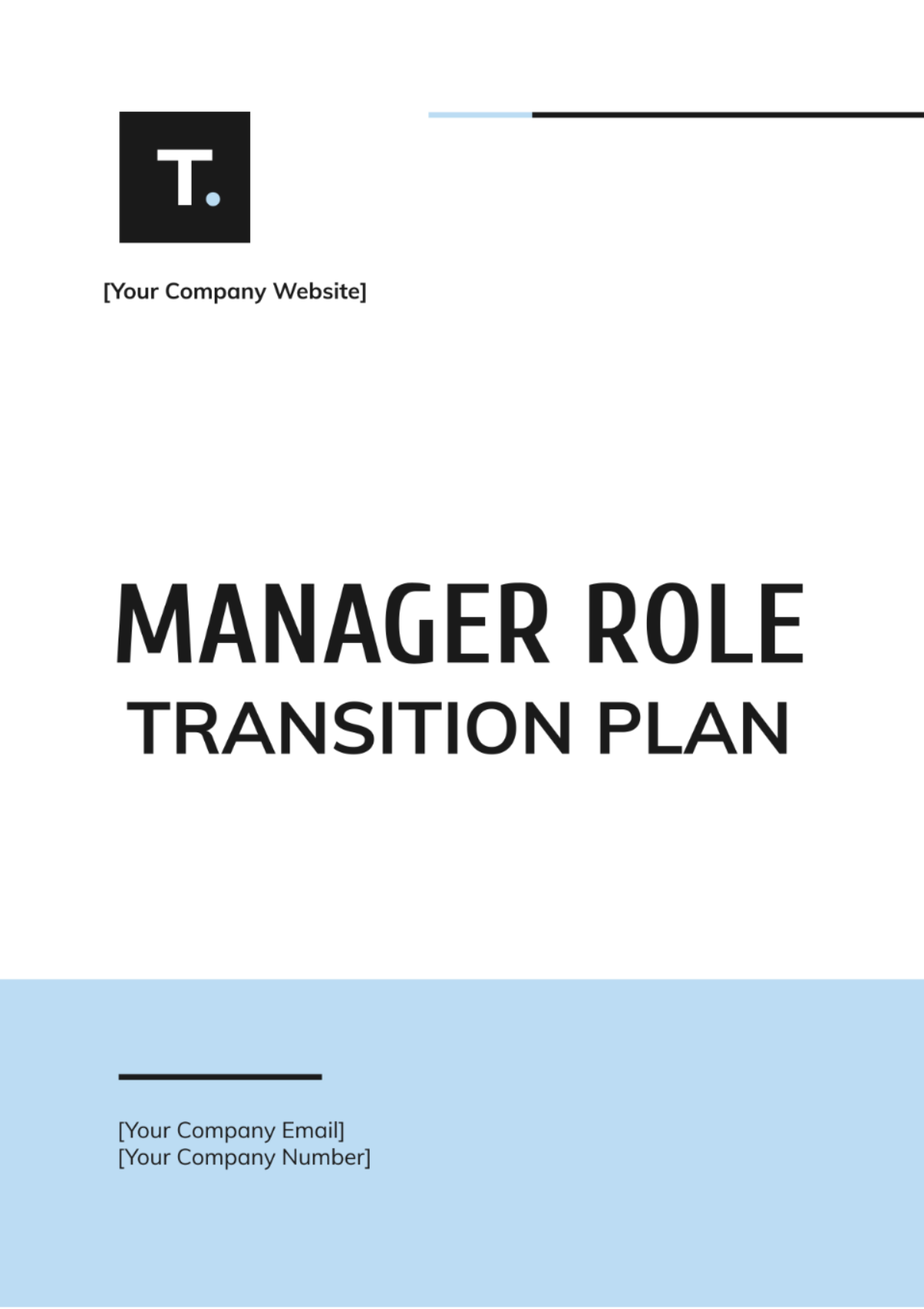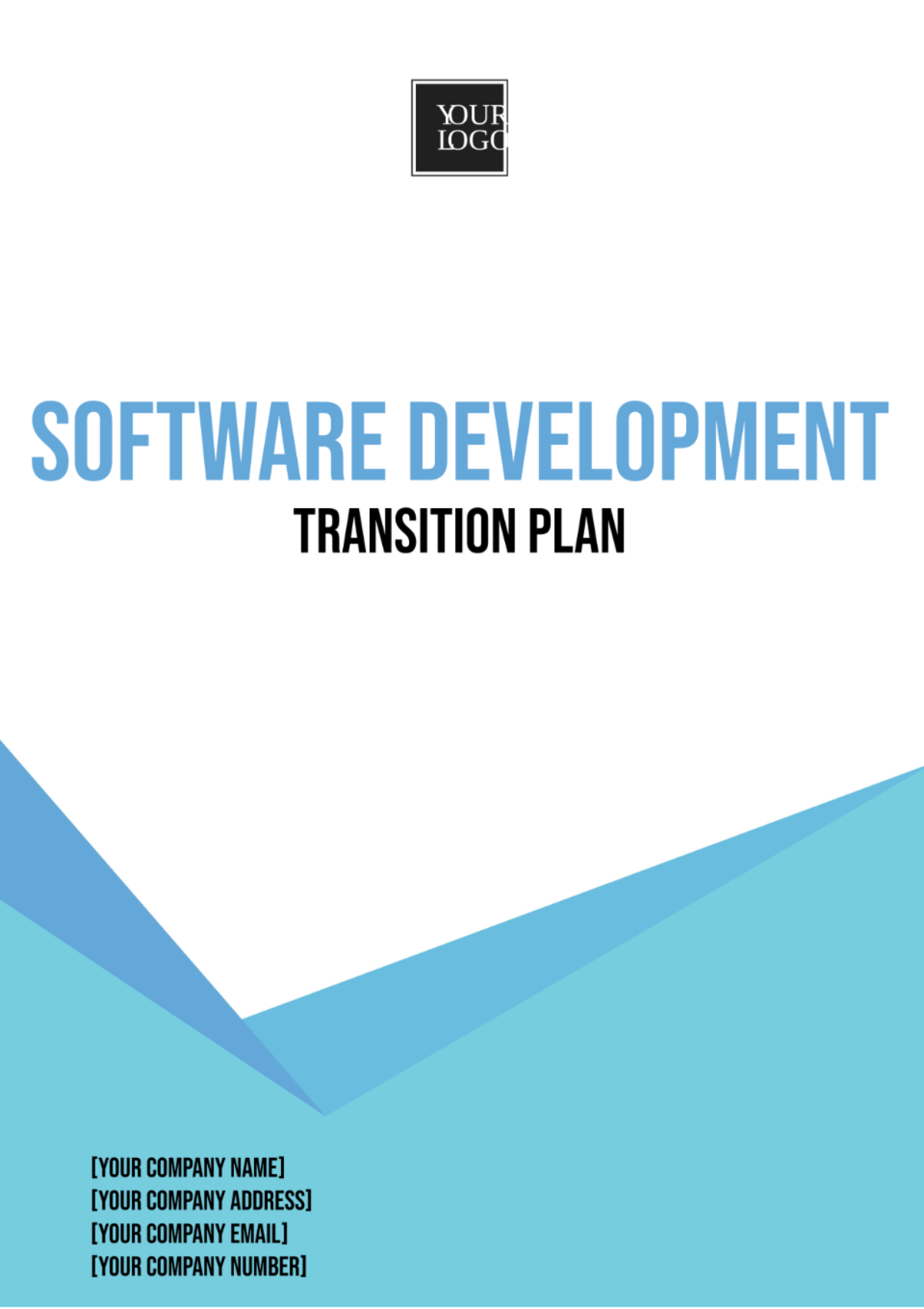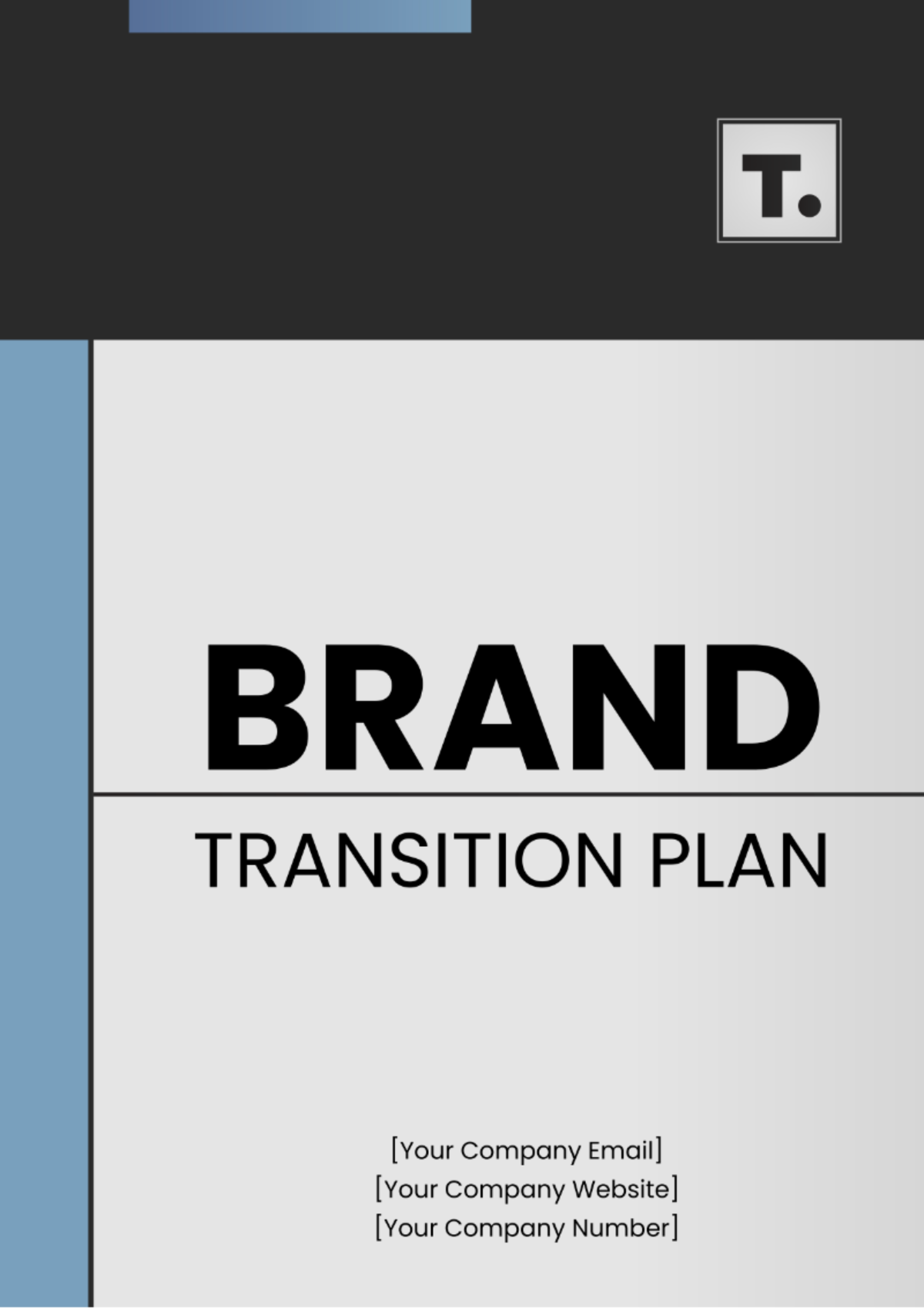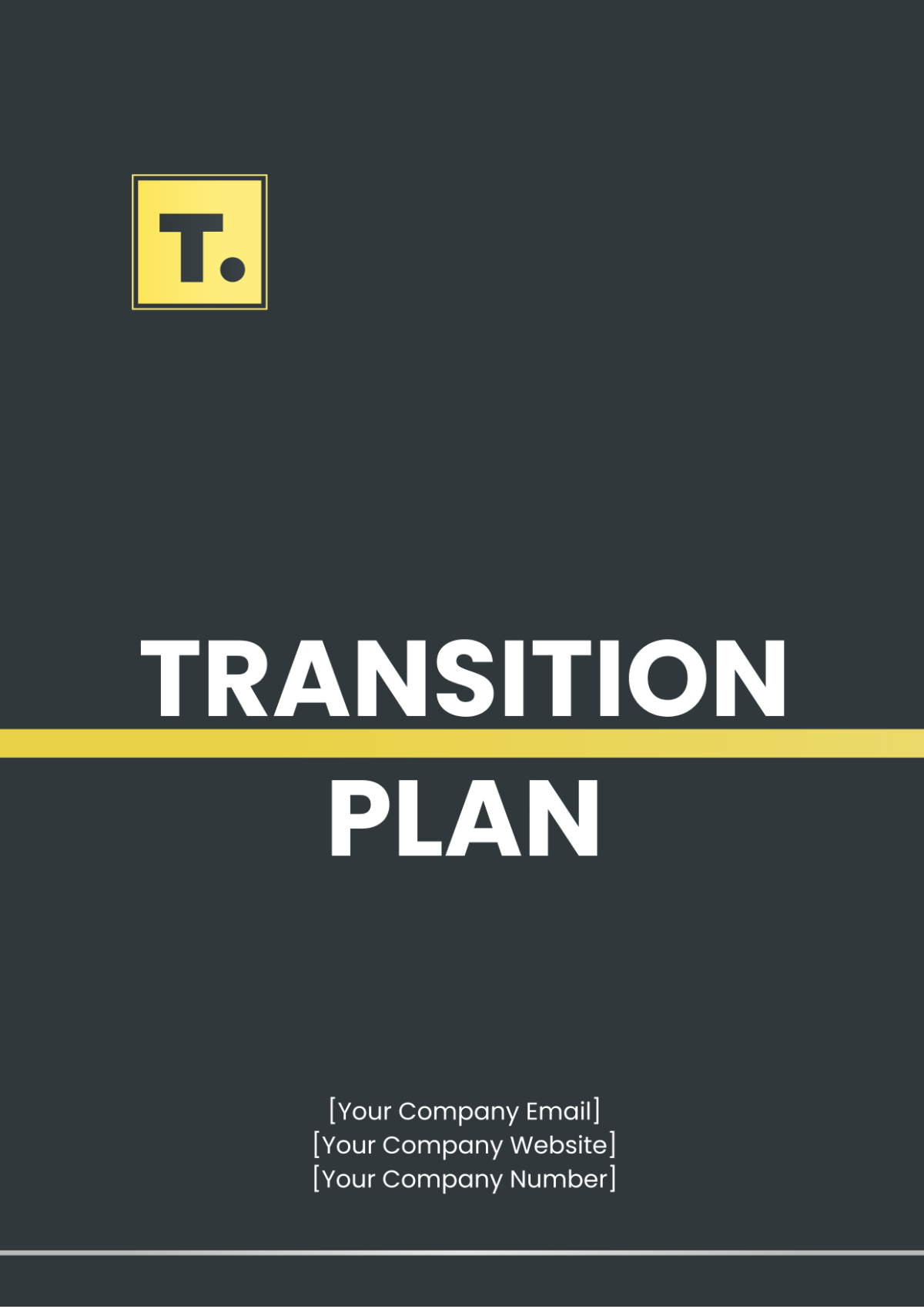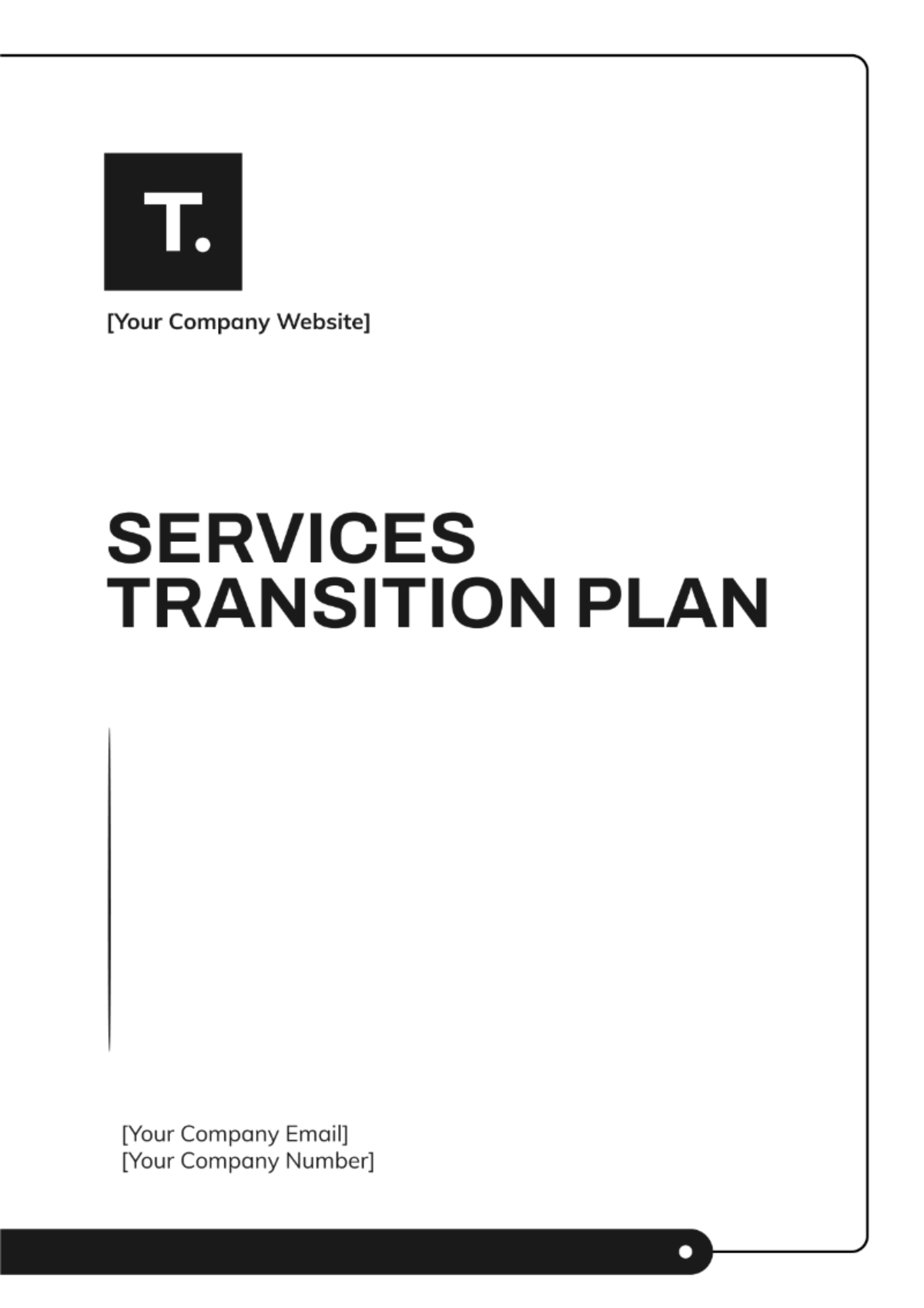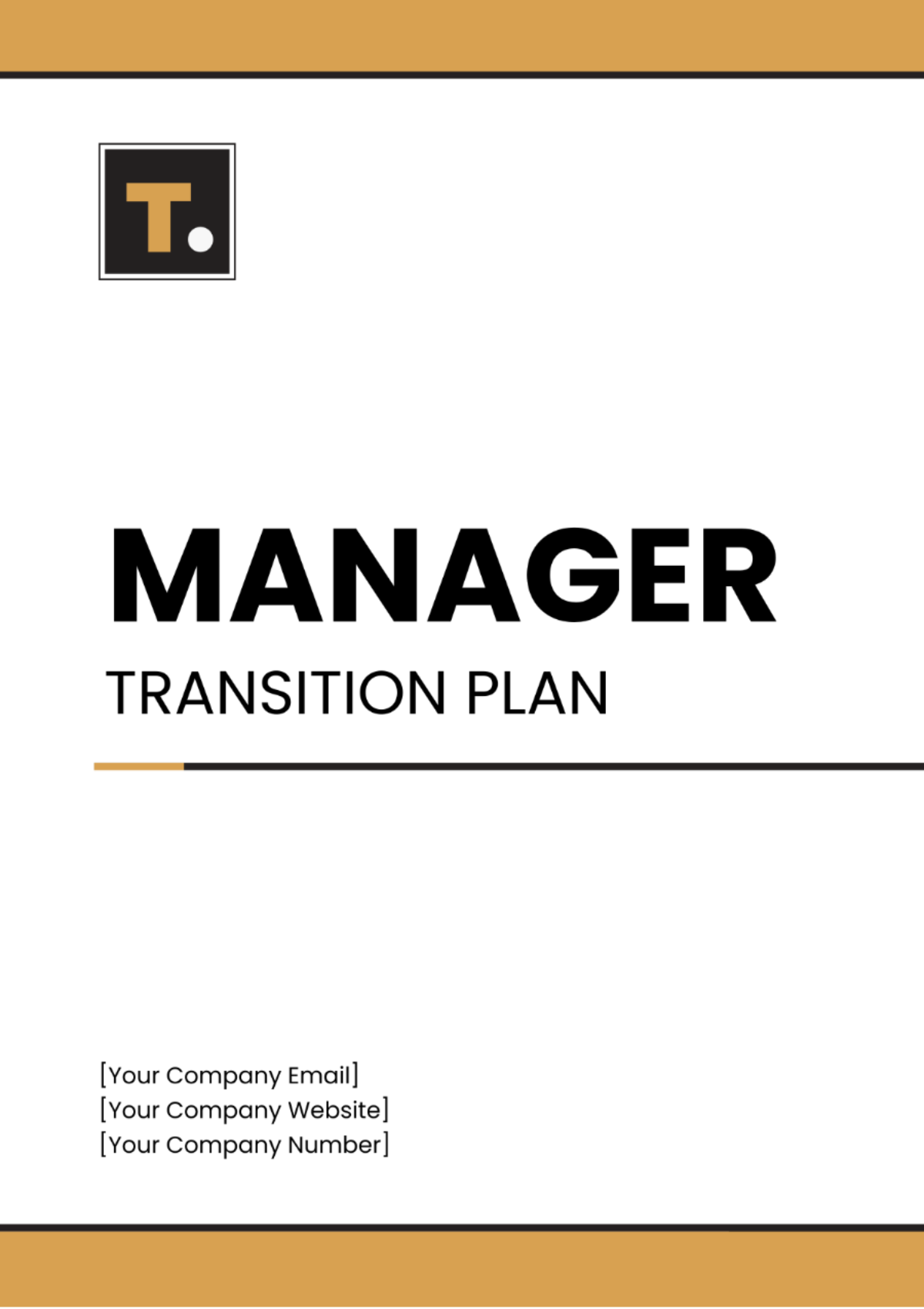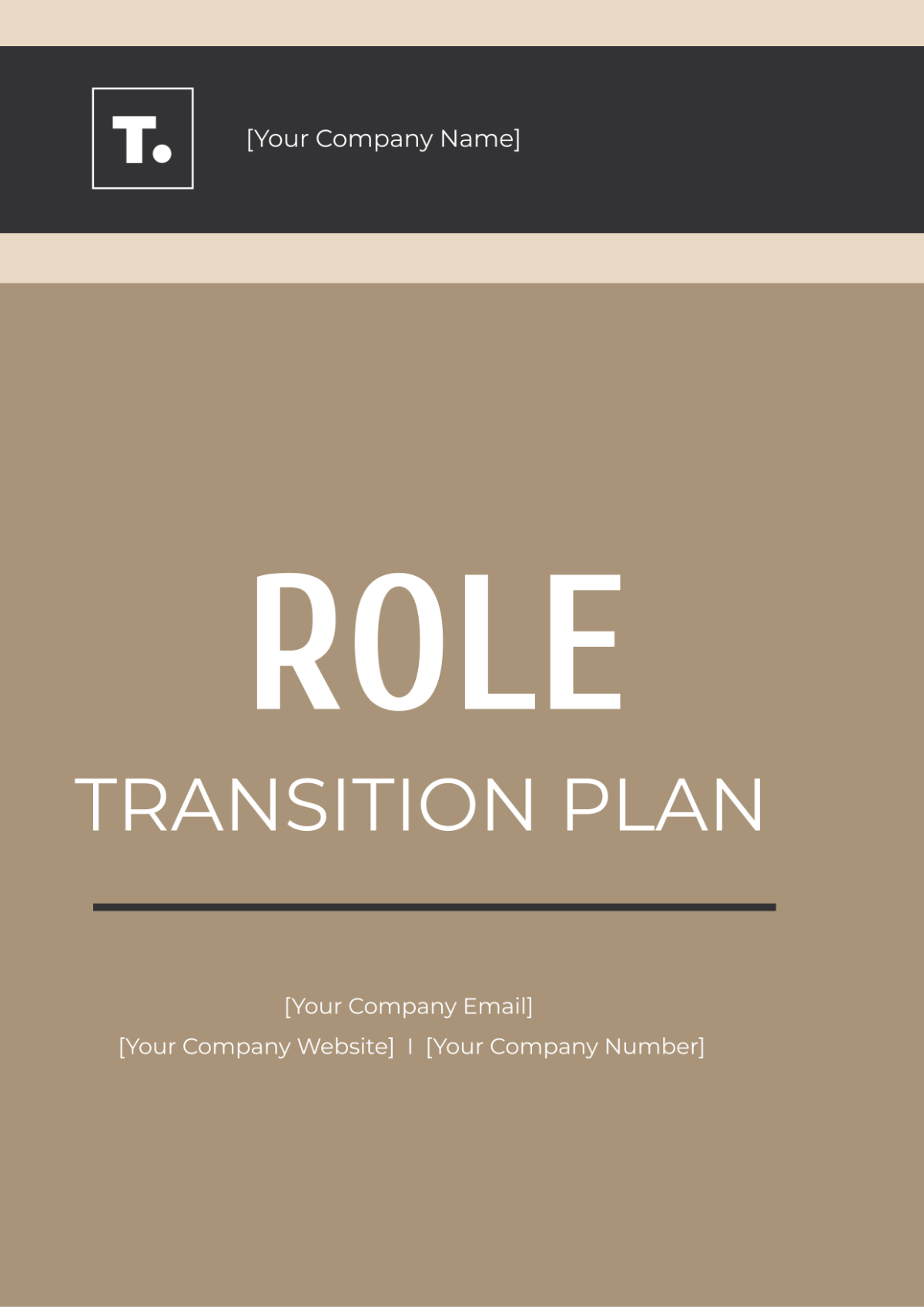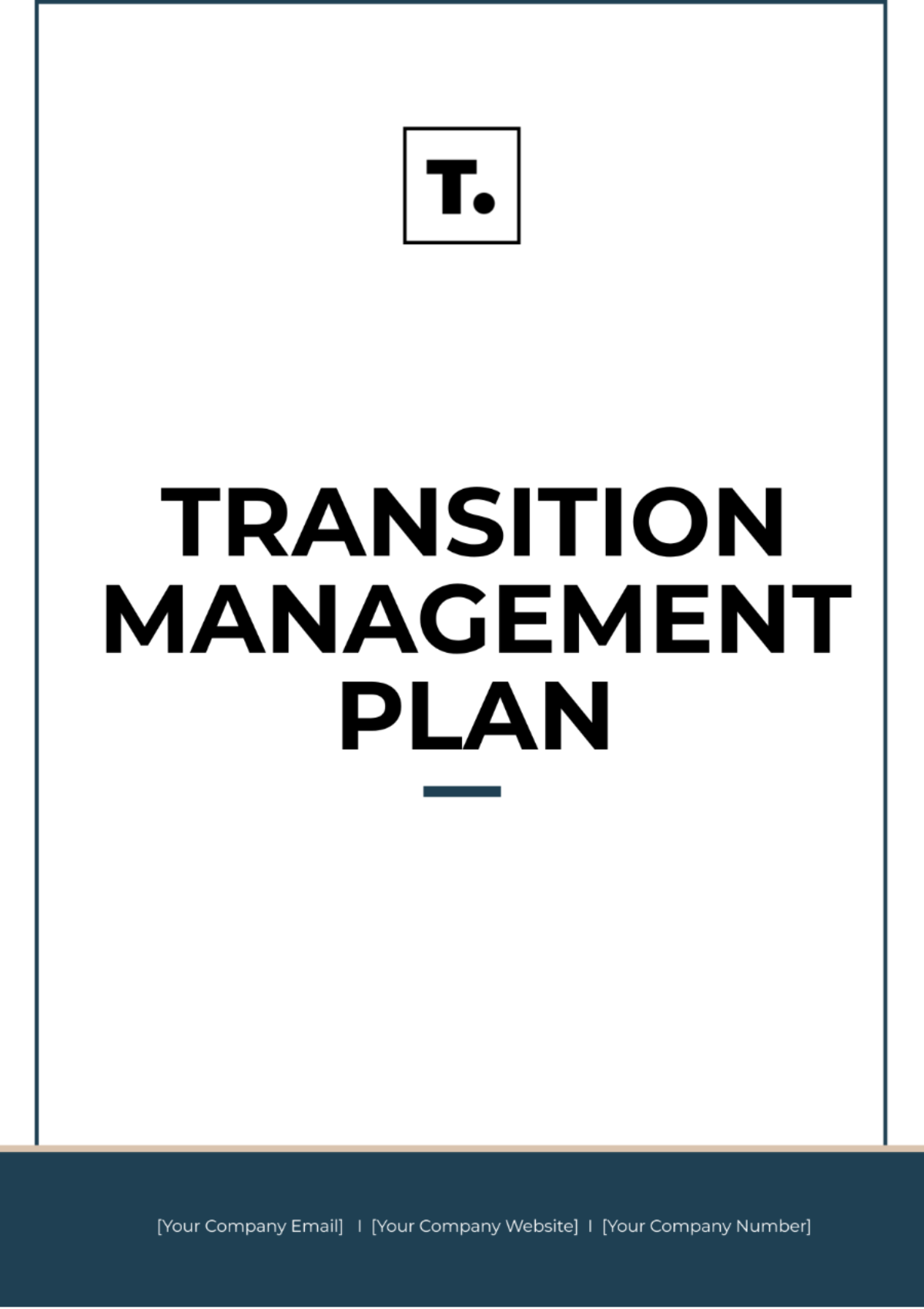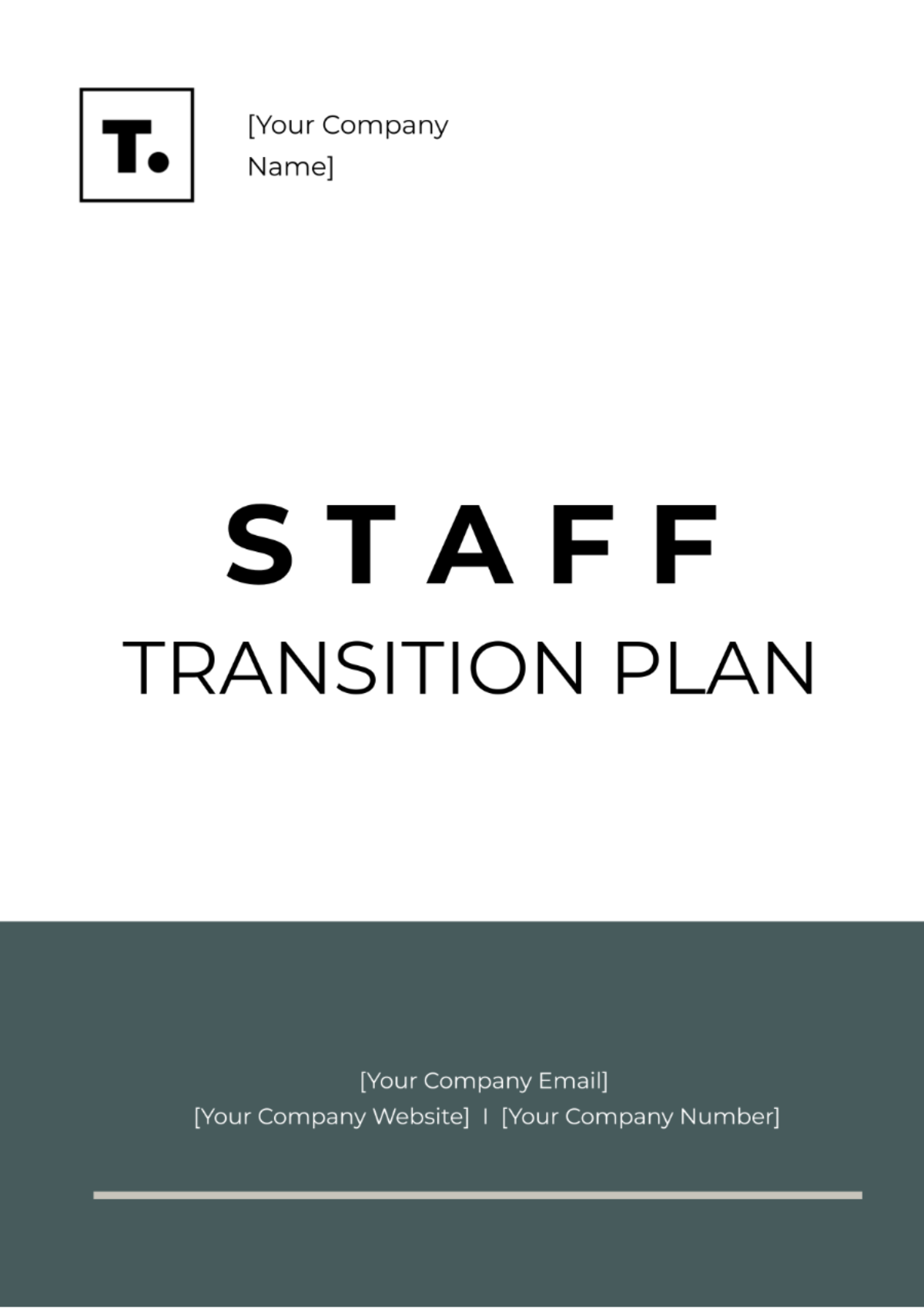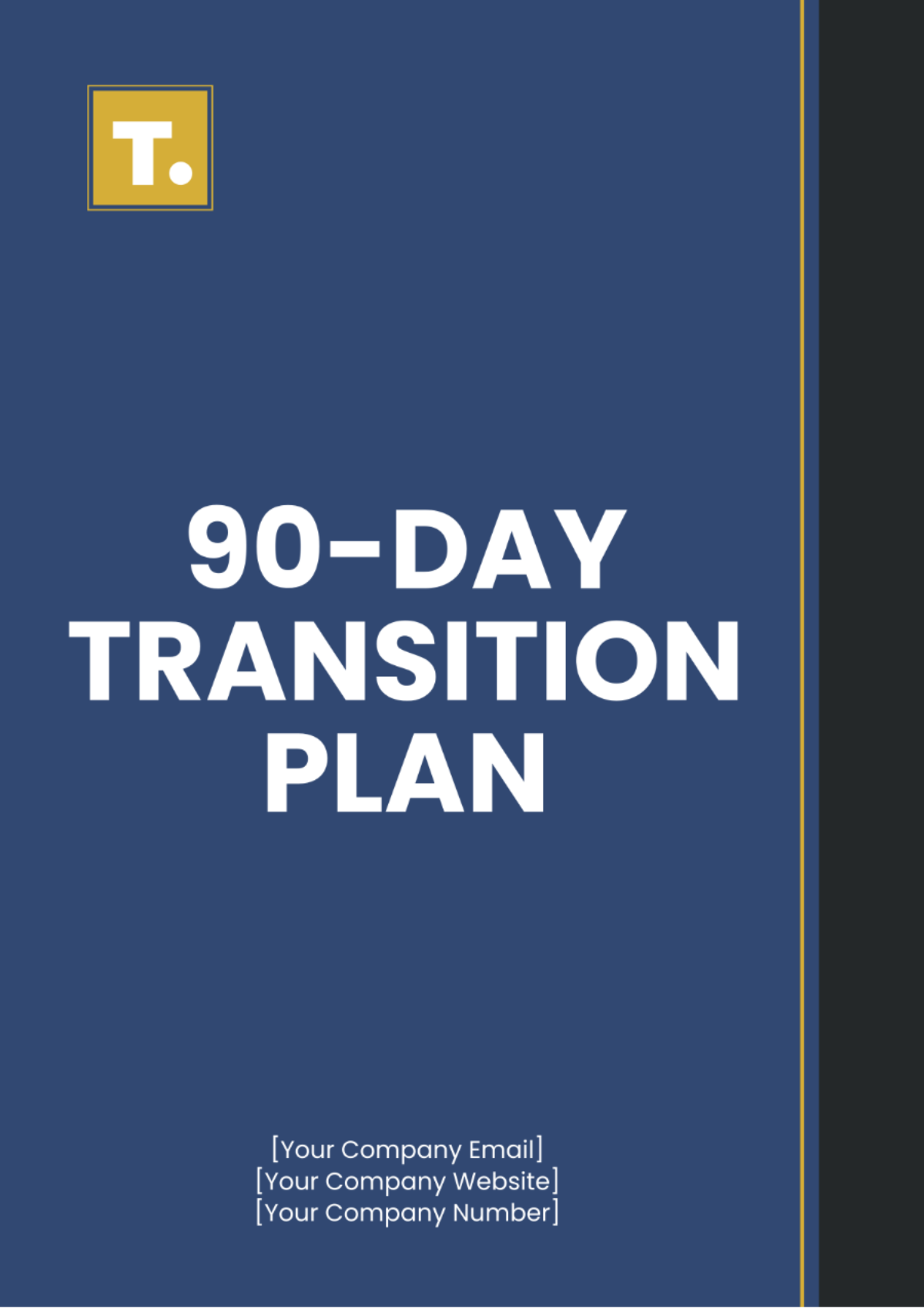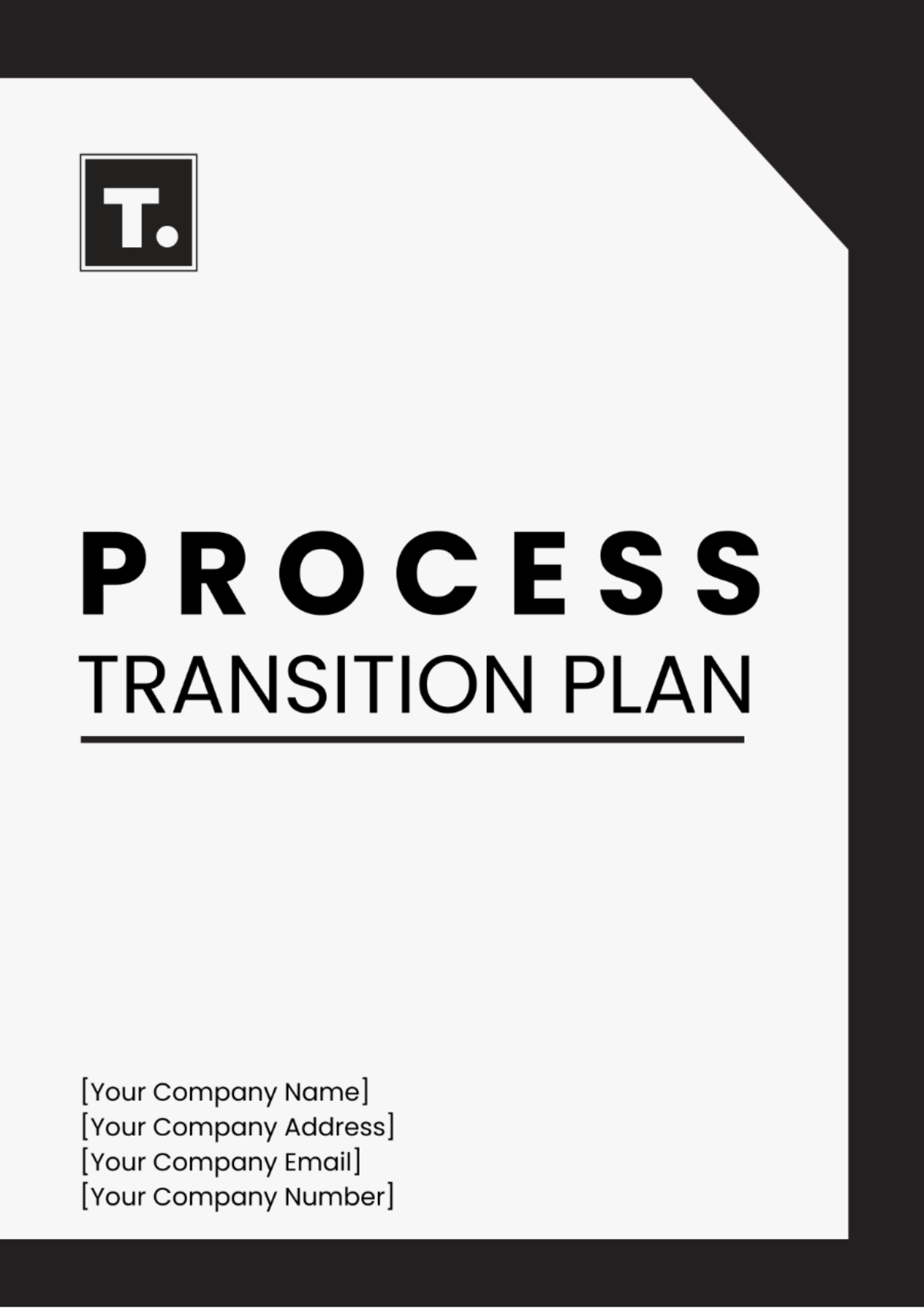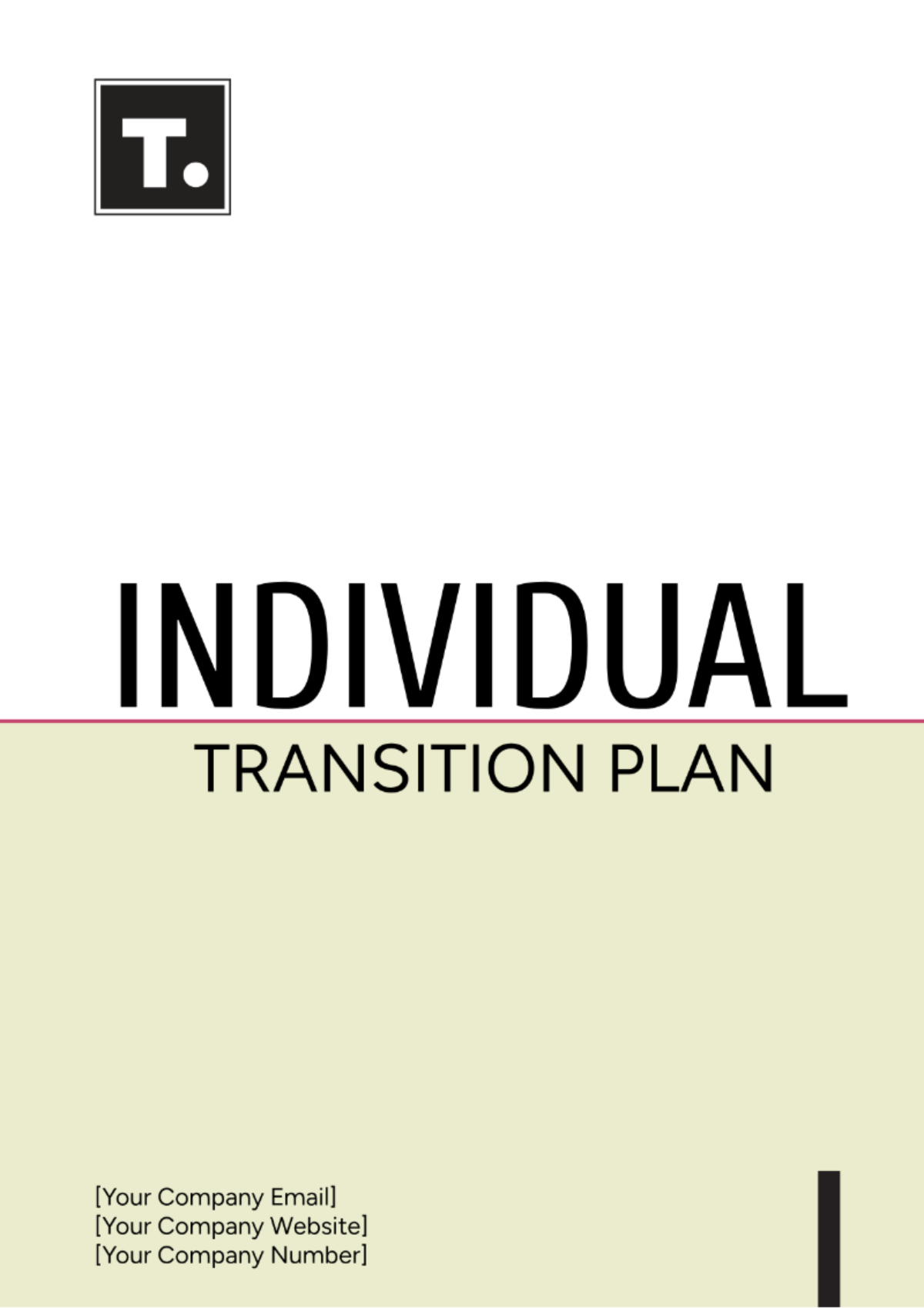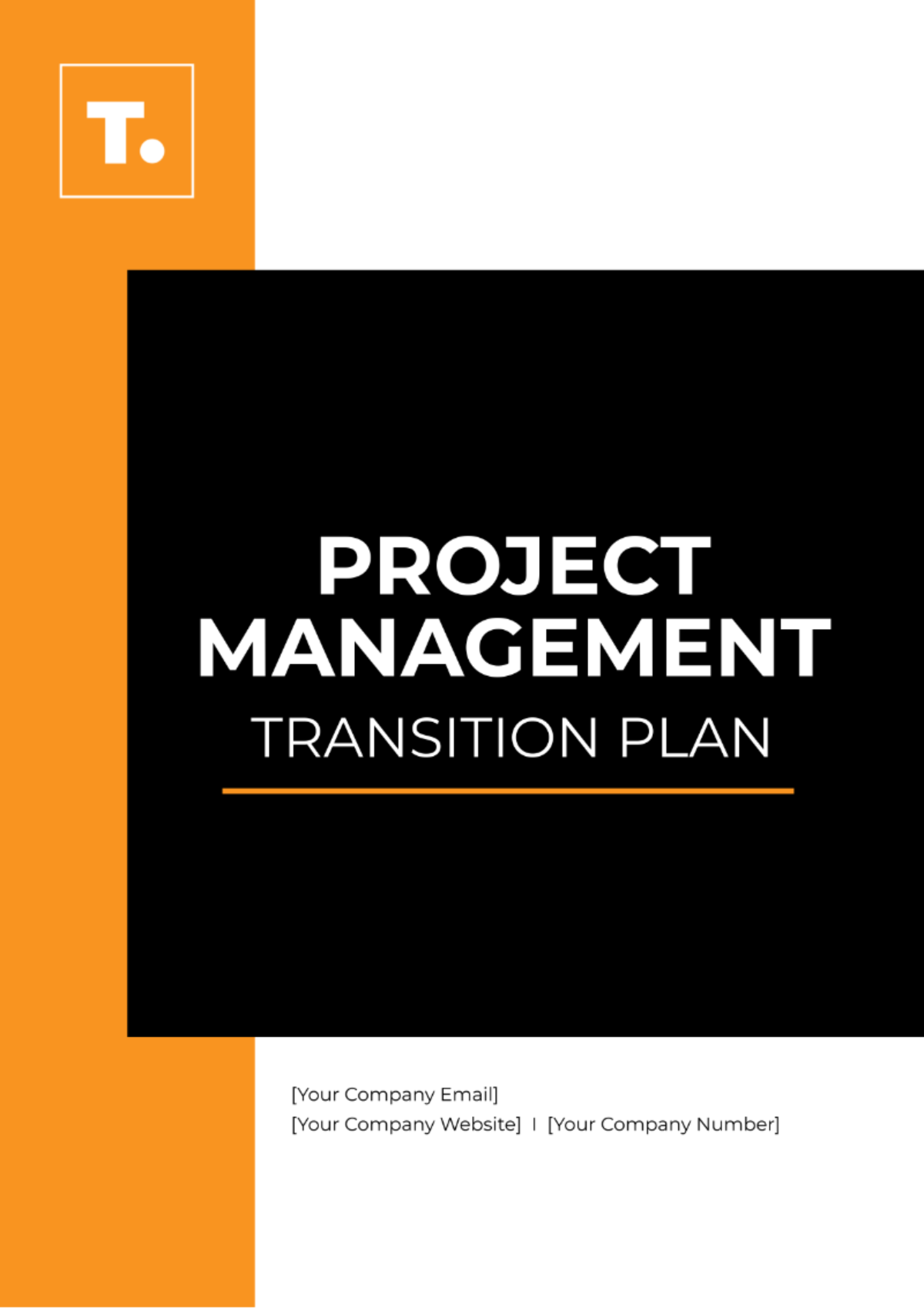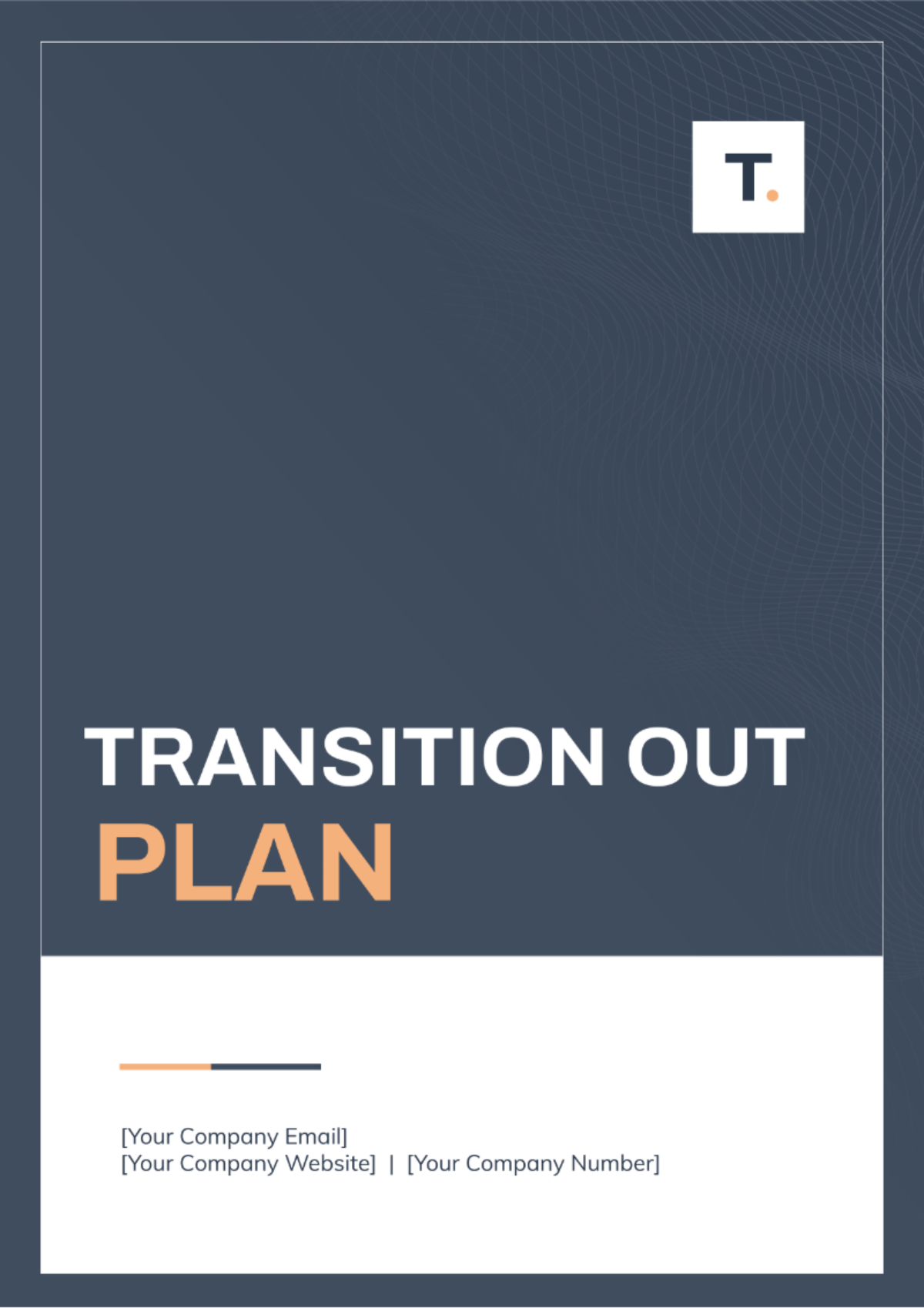Resource Transition Plan
Prepared By: | [YOUR NAME] |
Company Name: | [YOUR COMPANY NAME] |
Date: | [DATE] |
I. Executive Summary
The main goal of this Resource Transition Plan is to provide a thorough and detailed roadmap for the seamless transition of resources from their current state to their future state. This plan aims to ensure minimal disruptions and maintain operational continuity for the [Project/Team/System] during the transition.
II. Introduction
A. Background Information
The "Enterprise Resource Planning (ERP) System Upgrade Project" aims to modernize our organization's core ERP system, which has been operational for over a decade. This system is crucial for managing finance, human resources, supply chain, and customer relationships. However, outdated software versions and limited integration hinder our ability to meet evolving business needs. The transition to an upgraded ERP system is essential to leverage modern technologies, improve efficiencies, enhance data analytics, and drive business growth.
B. Objectives
Ensure smooth transfer of personnel, assets, and processes: Enable a smooth and efficient transition to the upgraded Enterprise Resource Planning system, ensuring minimal disruptions during the process.
Minimize downtime and disruptions: Carry out the transition in a manner that is both effective and efficient, ensuring that continuous operations are maintained without experiencing any disruptions.
Maintain or improve post-transition efficiency and productivity: Optimize resource utilization, leverage new system capabilities, and implement best practices for continuous improvement.
C. Scope
This plan encompasses the transition of resources within [Your Company Name], focusing specifically on the "Enterprise Resource Planning (ERP) System Upgrade Project." It includes personnel, assets, and processes related to finance, human resources, supply chain management, and customer relationship management systems.
III. Transition Team
A. Key Contacts
Contact Name | Role | Phone | |
|---|---|---|---|
[Team Member 1] | Project Manager | [Email] | [Phone 1] |
[Team Member 2] | Sales Director | [Email] | [Phone 2] |
[Team Member 3] | IT Administrator | [Email] | [Phone 3] |
B. Roles and Responsibilities
Transition Manager: Oversees the planning, execution, and evaluation of the transition process. Coordinates various activities, manages resources effectively, and resolves issues to ensure the success of the project.
Technical Lead: Guides the process of system analysis, oversees the configuration, conducts testing, and manages the deployment procedures. Ensures that all technical requirements are aligned with and meet the specific needs of the business.
Project Manager: Handles the planning, scheduling, and budgeting of projects while effectively communicating with all stakeholders involved. Guarantees the delivery of projects on time and within the allocated budget.
IV. Transition Process
A. Pre-Transition Phase
Conduct a resource audit: Assess current resources, including personnel, assets, and processes, to identify what needs to be transitioned and any potential challenges or gaps.
Define success criteria: Establish clear and measurable criteria to determine the success of the transition, such as minimal downtime, adherence to budget and timeline, and user satisfaction.
Develop a detailed project plan: Create a comprehensive plan outlining the tasks, timelines, responsibilities, and milestones for each phase of the transition, ensuring alignment with the defined success criteria.
B. Transition Execution Phase
Communication Plan:
Methods: Utilize email updates, team meetings, and project management tools for regular communication.
Frequency: Weekly progress reports, bi-weekly stakeholder meetings, and ad-hoc updates as needed.
Stakeholder Engagement:
Identify key stakeholders: Include department heads, end-users, IT personnel, and external vendors.
Roles: Define responsibilities, such as decision-making, feedback provision, and resource allocation, for each stakeholder.
Training and Support:
Provide necessary training: Conduct hands-on workshops, online tutorials, and documentation reviews to ensure all relevant personnel understand the new ERP system.
Implement support structure: Establish a helpdesk, FAQs, and peer support network for troubleshooting and addressing user queries post-transition.
Risk Management
Risk | Likelihood | Impact | Mitigation Strategy |
|---|---|---|---|
Data loss due to system migration failure | High | High | Regular backups, thorough testing pre-migration, rollback plan |
Resistance to change among end-users | Medium | Medium | Comprehensive communication, user training, early stakeholder involvement |
Integration issues with existing systems | Medium | High | Compatibility testing, IT collaboration, data backup strategies, and system integration planning. |
C. Post-Transition Phase
Conduct a transition review: Evaluate the transition process to identify successes, challenges, and areas for improvement. Gather feedback from stakeholders and document insights to inform future transitions.
Perform a post-implementation evaluation: Assess the performance and functionality of the upgraded ERP system post-transition. Compare against predefined success criteria to ensure objectives have been met and address any discrepancies or issues.
Document lessons learned: Summarize key insights, best practices, and recommendations from the transition, and document lessons learned to enhance knowledge sharing, prevent repeat errors, and refine future processes.
V. Resources
Human Resources:
Transition Manager: [Transition Manager Name]
Technical Lead: [Technical Lead Name]
Project Manager: [Project Manager Name]
Training Facilitators
Support Staff
End-users for training and testing
Financial Resources:
Budget allocation for training materials
Funding for potential system upgrades or enhancements
Contingency fund for unexpected expenses
Technological Resources:
Updated ERP system software
Hardware upgrades if necessary (servers, computers)
Testing environments
Data backup and recovery solutions
Communication and collaboration tools
VI. Additional Documentation
SOPs (Standard Operating Procedures): Detailed guidelines and instructions outlining standard procedures for using the upgraded ERP system. These documents ensure consistency and efficiency in system usage across the organization.
Technical Manuals: Comprehensive documentation, including technical specs, configurations, and troubleshooting for the upgraded ERP system, serves as a reference for IT staff and system administrators.
Training Materials: Training materials, including manuals, presentations, and interactive modules, enable users to master the upgraded ERP system, ensuring effective adoption and utilization.
